Categories
Subjects
Authors
Artists
Venues
Locations
Calendar
Filter
Done
November 5, 2024 – Editorial
Stages
The Editors
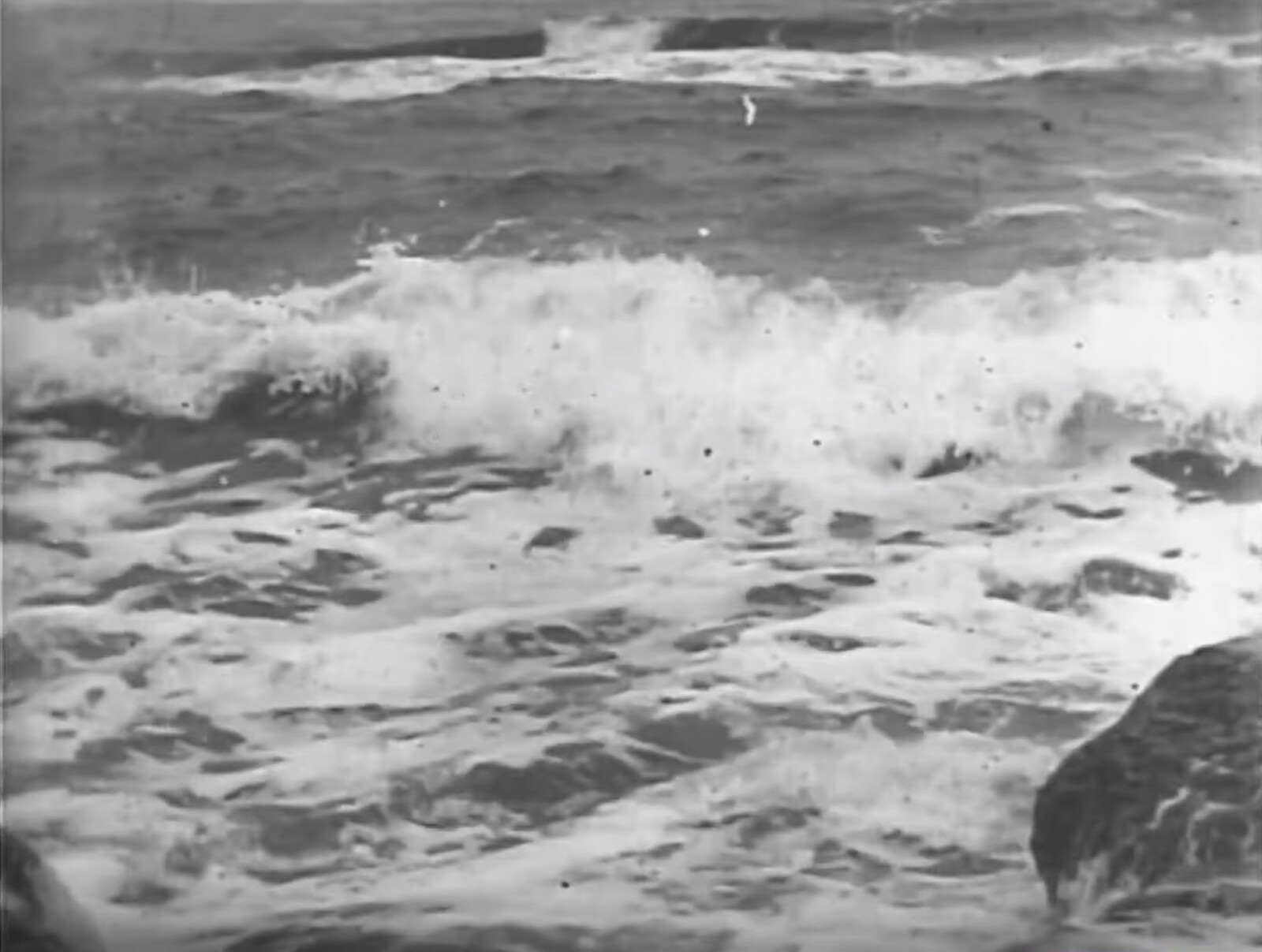
Sometimes it is better to let the work speak to the moment. We begin this month with a text reflecting on a recreation of the “meditation room” installed at the UN headquarters by a diplomat later rumored to have been murdered for his commitment to the organization’s ideals. While we must acknowledge that even spaces of spiritual experience are implicated in structures of power, writes Natasha Marie Llorens, this work suggests that “the most violent stages” can nonetheless “be instrumentalized in service to subtle and multivalent forms of resistance.” We can only hope.
It is the nature of art that the work (and its criticism) will always be inflected by those events by which it—and we—are surrounded. That is especially the case when those events are as consuming of our attention as the US election or Israel’s increasingly unconstrained destruction of Gaza. An exhibition of Ariella Aïsha Azoulay’s “Unshowable Photographs” also illustrates how works of art can slip the purposes to which they are put by transforming photographs whose meanings have literally been fixed into drawings that might speak for themselves. That there are no illusions here about the function of images is not a cause for despair so much …
October 1, 2024 – Editorial
Something I was doing
The Editors
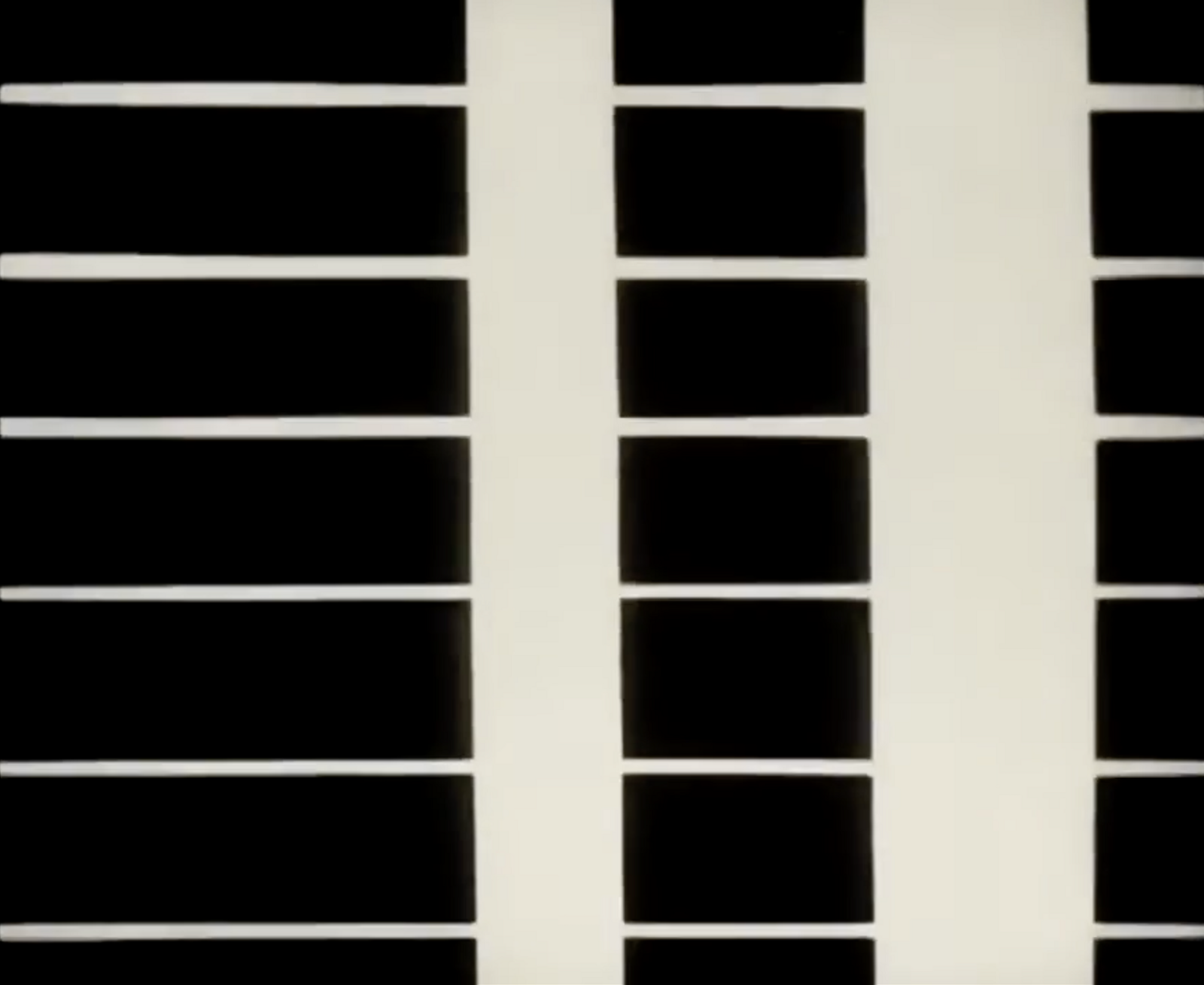
In a piece soon to be published by e-flux Criticism, Mónica Amor reflects on Gego’s Reticulárea, an environment constructed out of metal nets that surround viewers and bind them into a network. Commissioned as part of a series exploring the contexts out of which significant works of art emerge, Amor’s essay proposes that Gego’s work expresses a nonhierarchical collective experience, its “decentered logic” a model for the emotional and intellectual infrastructure that constitutes a shared cultural inheritance and which must regularly be refreshed in order to survive.
Amor traces the ways in which a work informed by the artist’s life as an architect and educator in Caracas established a model that has been adapted to the present by the Venezuelan artist Miguel Braceli. By inviting dispersed and often disenfranchised communities into the collective production of his works, he proposes an effective means of protesting—and working against—the fragmentation of Venezuelan society.
Fittingly for this month’s editorial program, which features several pieces on how culture might foster solidarities without becoming exclusionary of others, the relevance of Reticulárea extends far beyond the borders of its homeland and the moment of its first exhibition in 1969. Now removed from view, Gego’s work continues …
September 4, 2024 – Editorial
For context
The Editors
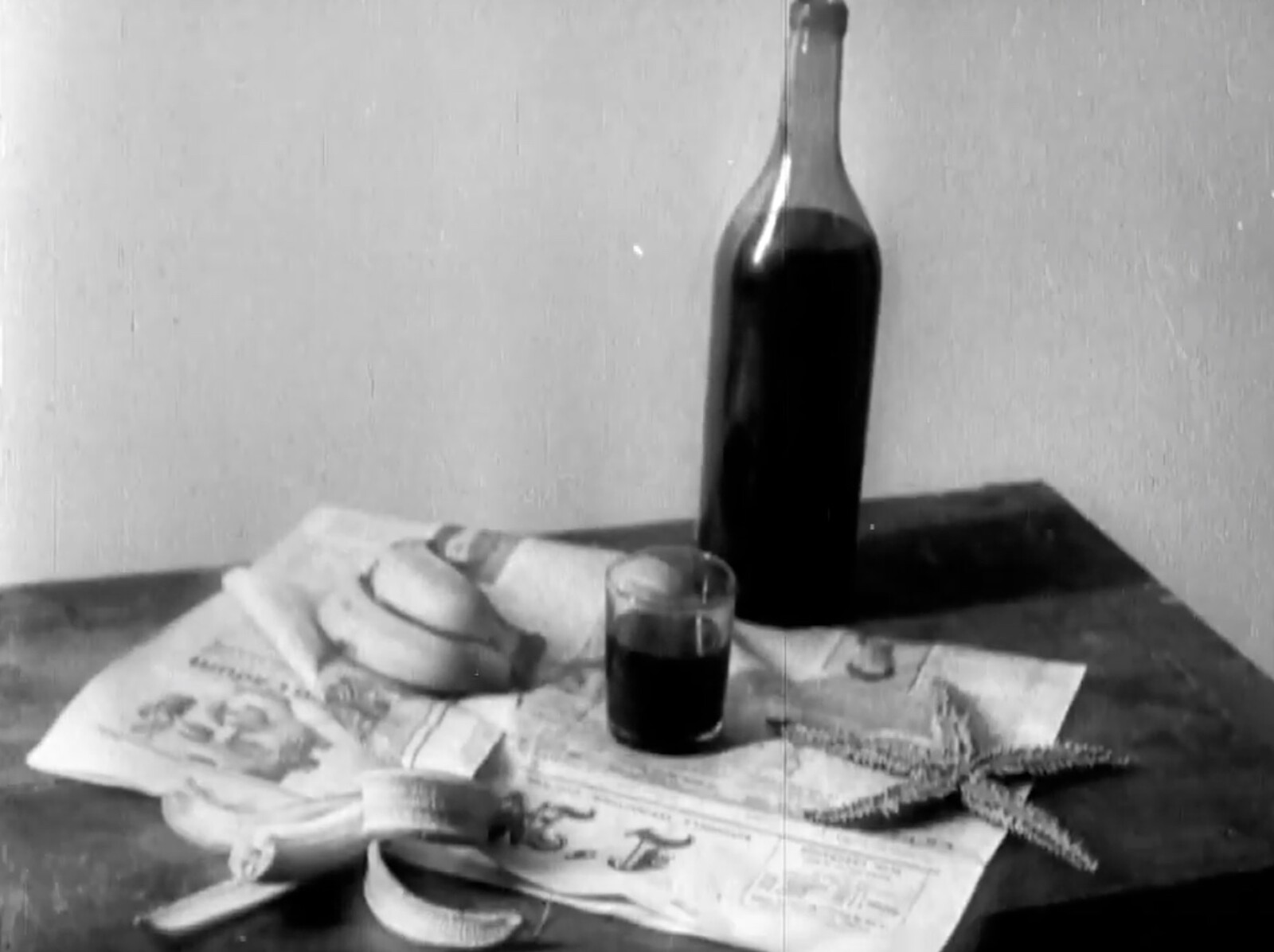
I have spent the past few days conducting studio visits in a city foreign to me. Encountering works of art in the context of their production—and seeing how they are informed by factors ranging from the architecture of the building to the character of the neighborhood—throws them into striking new relief. As does hearing artists talk personally about their practice and the lived experience from which it emerged. Their work is couched in situations that make it more easily legible, even (perhaps especially) if it rebels against the social, historical, or political milieux in which it is made.
The removal of the work from the studio also removes it from the networks of relation that might lend it meaning. Anyone who has witnessed the transformation of an object that has been kicked around a studio for two years into something to be handled with kid gloves when it leaves for the gallery will be sympathetic to the idea that it is precisely this abstraction from contexts that establishes the object as a “work of art,” with all of the implications of value and status connoted by the term. It is by entry into the immaculate space of the white cube, …
July 3, 2024 – Editorial
Obstructions
The Editors

Once a week I stand in front of a work of art in order to write about it. This exercise, designed to keep my eye in, has certain constraints. The text must be written in the presence of the work, in a single sitting, and without recourse to external resources. Not the least consequence of this workout has been the revelation of my own ignorance when denied access to online dictionaries (what is it called again when you scratch marks into oil paint?). But the most relevant here is how difficult it is for any visitor to spend a long time looking at things in exhibition spaces: I am endlessly being told by invigilators to keep moving, to get up from the floor, to stop obstructing the flow.
Last week, for instance, I visited another of those group shows dedicated to queering an abstract noun. The final room contained a standing speaker playing spoken word and music, an incense burner, and a dozen books of theory arranged as if to be read. The intention, it seemed, was to create an environment for self-education and reflection, and so I took a seat on the ledge running around the room’s perimeter. …
June 5, 2024 – Editorial
New Directions May Emerge
The Editors

In a review published last month, Kaelen Wilson-Goldie considered whether the impulse to play is a distraction from what she calls the “serious stuff.” Given that the exhibition by Marwan Rechmaoui prompting these thoughts is staged in downtown Beirut, in a country blighted by corruption and braced for war, what constitutes the “serious stuff” is left implicit. But the same anxiety must nag at anyone making or writing about art today, wherever they are based. How to reconcile awareness of the immediate and unfolding disasters through which we are living—the Israeli assault on Rafah, the humanitarian crisis in Sudan, the apparently inexorable erosion of democracy—with lives spent making and reflecting upon what might seem to be distractions or diversions from these world-historical issues?
It might be worth remembering, here, that the dismissal of creative speculation as socially irresponsible is an authoritarian impulse, and that it often functions as a form of censorship. Moreover, that the characterization of imaginative “distraction” as sinful is convenient to a certain strain of capitalist imperialism. By connecting the capacity for play to the possibility of freedom—imaginative and political—Wilson-Goldie instead suggests that the activity might be valuable precisely because it is a “diversion” from the paths …
May 2, 2024 – Editorial
While we still can
The Editors

First of all, power to the students. Images of armed police storming campuses in order to evict peaceful demonstrators on the invitation of administrators whose primary responsibility is the protection of academic freedoms hardly need parsing for meaning here, except to point out that these are merely the most visible expressions of a wider crackdown. But a couple of details might warrant the closer kind of attention that publications devoted to art criticism might usefully provide.
The first was a statement from Columbia University President Minouche Shafik that, among a skewed list of priorities, cited the need to “prevent loud protests at night when other students are trying to sleep or prepare for exams.” Put aside how disingenuous this is—Shafik later co-opts to her cause those students who are the “first in their families to earn a university degree,” and are thus presumed (because they are less wealthy than their peers?) to value a picturesque graduation ceremony over their intellectual liberties—and ask: what of kind of education is this, to be predicated on the total exclusion of the world’s horrors?
One answer was provided by John McWhorter, an associate professor at Columbia, to whose recent article Aruna D’Souza drew attention. …
April 3, 2024 – Editorial
Biting the hand
The Editors

The most surprising thing about the raft of recent petitions against the infrastructural biases underpinning the commercial and institutional art worlds might be that anyone can claim to have been surprised. If responses to wider domestic and international crises—ranging from the rise of the far right to the decimation of Gaza—have shone fresh light on the misalignment of the rhetoric in what is called “contemporary art” from the social and economic systems that maintain it, then that disjunction is hardly new. The more pressing question is how artists (and writers) might usefully respond to it.
It might first be worth noting that the map of contemporary art is not perfectly representative of its territory. It is hard to find many shows in New York speaking on behalf of that large part of the American population that will shortly vote for an aspiring dictator, yet it is to their credit that the curators of the current Whitney Biennial have elected to foreground artists representing causes vulnerable to the dismal eventuality of his election. Whether you think this circling of the wagons is an unqualified good might once have depended on whether you prefer the arena of culture to be agonistic—in which …
March 5, 2024 – Editorial
The usual suspects
The Editors
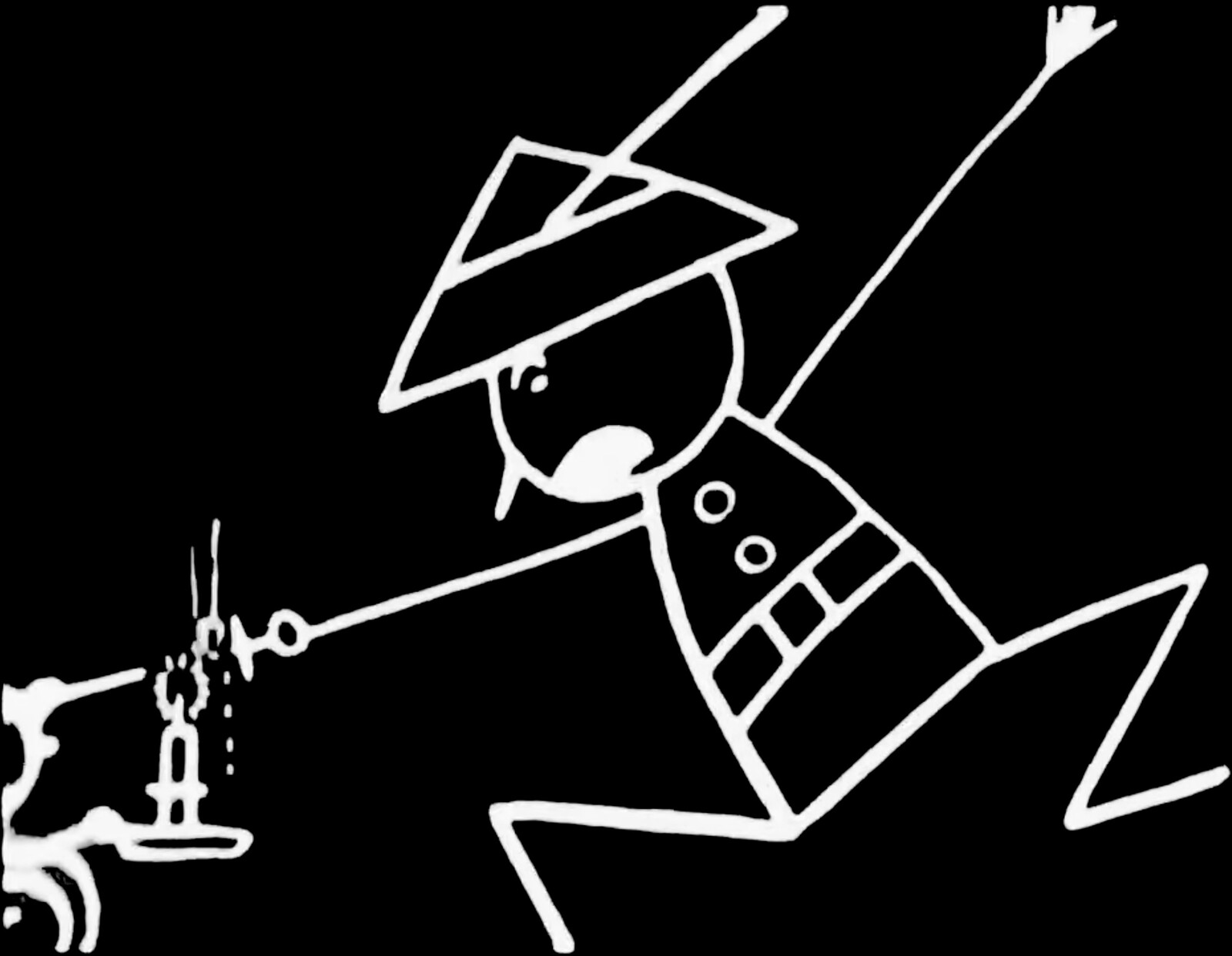
At the Galleria Nazionale in Rome, an elegant hang of the collection privileges unexpected harmonies and formal affinities over conventional art histories. The walls of the opening room are gridded with landscapes, portraits, and looping film clips soundtracked by a waltz; a clever sightline pairs El Anatsui’s glitter with Gustav Klimt; an azure monochrome by Ettore Spalletti brings out the sky in Gustave Courbet’s facing Poachers in the Snow (1867); stills from Ana Mendieta’s 1974 film Burial Pyramid are presented so that the artist seems to disappear into the landscape. So it came as a surprise, given the sensitivity and scholarship with which the permanent collection is handled, to discover that the museum’s temporary exhibition space was devoted to British fantasy author J.R.R. Tolkien.
Why, I asked myself among the maps of Middle Earth, costumes from the film adaptations, and Lord of the Rings-themed pinball machines, is Italy’s museum of modern and contemporary art showcasing the writing of an Oxford philologist obsessed with proto-European mythologies under the title “Man, Professor, Author”? The answer was not, it seems, because its curatorial staff have suddenly discovered the charms of medievalist genre fiction (Italy, after all, has Umberto Eco) but because Prime Minister …
February 7, 2024 – Editorial
Ways of Seeing
The Editors
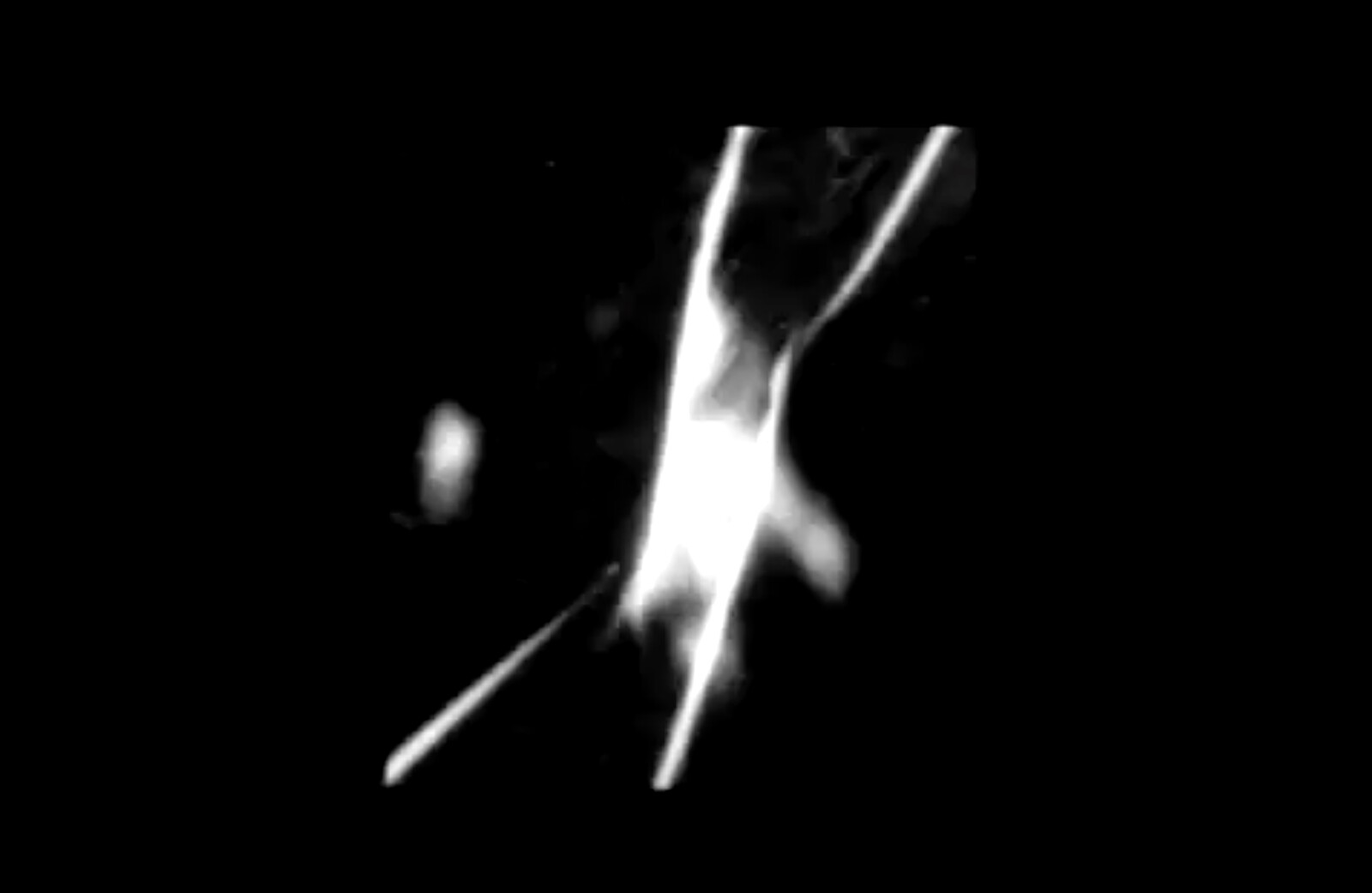
In 2018 a play entitled Ways of Seeing was staged at Black Box Teater in Oslo, setting in train a series of events that seems to “foreshadow so many of the conflicts” that have taken cultural observers elsewhere “off guard.” The work by Pia Maria Roll, Hanan Benammar, Sara Baban, and Marius von der Fehr highlights links between the country’s right-wing politicians and the billionaire patrons of its most influential (formal and informal) media networks—systems of power familiar to readers around the world—to reflect on who profits from the stoking of racist, ethno-nationalist, and anti-immigration sentiment. Without wanting to go into the details here, the production sparked a backlash orchestrated by the same networks, the accusations of which were picked up and repeated in supposedly responsible newspapers and at the highest levels of government.
The affair climaxed in 2020, after the Minister of Justice resigned and his partner, Laila Bertheussen, was convicted of having set alight her own car, graffitied the facade of their house with a swastika and the word rasisit [sic], and made anonymous threats to family members as part of a smear campaign against the artists responsible. Even leaving aside the black comedy—on completing her prison …
January 4, 2024 – Editorial
The God of New Beginnings
The Editors

The double-headed Roman god Janus, who lends his name to the first month of each year, is privileged to see both the future and the past. In his 1939 introduction to The Arcades Project, Walter Benjamin quotes Maxime du Camp as writing that “history is like Janus; it has two faces.” The implication is that history should not be understood as the steady accumulation of facts along a receding timeline—“an inventory, point by point, of humanity’s life forms and creations”—but as the body through which past and future are joined. We do not study the past to escape the present but to see where we are going.
Looking at art is equally bound to the contemplation of artifacts from the past. An exhibition of even the newest work must—as recent months have again made clear—inevitably lag behind the news cycle (“to seize the essence of history,” writes Benjamin, “it suffices to compare Herodotus and the morning newspaper”). The upshot is that critics often feel as helpless as Benjamin’s angel of history, blown backwards into the future by the storm of progress, condemned to observe and comment upon the ruins of history as they pile up behind him while he …
December 6, 2023 – Editorial
Degrees of separation
The Editors

In their recent open letter, curators Manuel J. Borja-Villel and Vasıf Kortun protested that “culture and cultural institutions have become a battleground, which the illiberal forces are ready to conquer.” The removal of the bulwarks protecting culture from political interference means, they continued, that “what was once a site for experimentation and autonomy is becoming a site of control.”
Recent weeks have provided ample evidence that the erasure of those lines separating a society’s culture from its economic and political systems leaves it vulnerable to them. Art’s function as a “liminal space,” in Victor Turner’s formulation, depends on it being partly if never wholly insulated from those expressions of power. It is instead an arena in which conventions are temporarily suspended so that citizens are free to dispute the terms of the social contract without fear of reprisal. New ideas are tested and marginal or suppressed subject positions given a platform. If culture is to change a society’s hierarchies rather than merely reproduce them, then it must act from a position external to them.
It follows that collapsing that separation can serve the status quo, whether or not that was the intention. We are faced today with the spectacle of …
November 1, 2023 – Editorial
Forking paths
The Editors
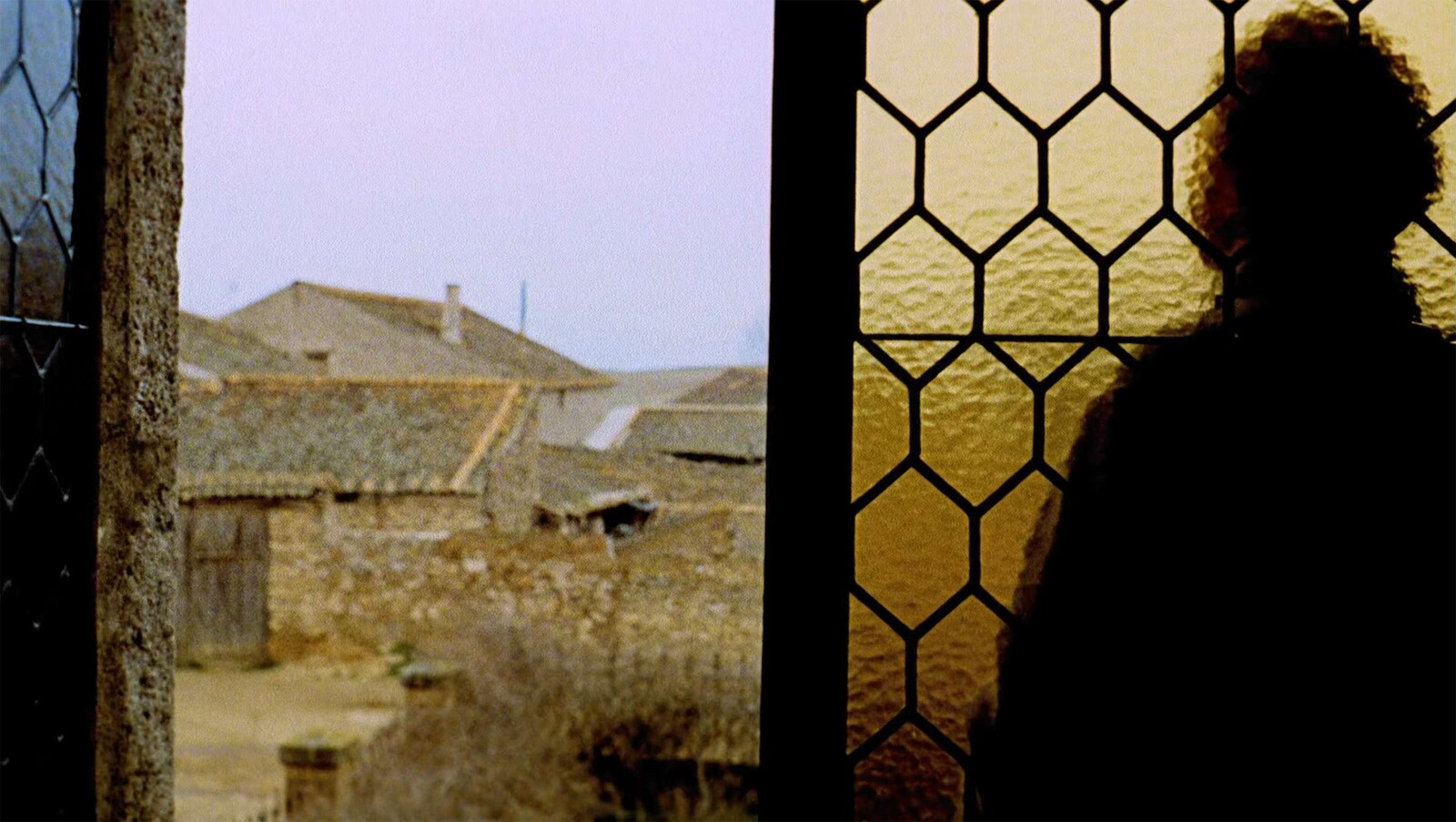
At the end of September, e-flux Criticism hosted a talk with writer Jörg Heiser entitled “Crisis, what Crisis?! On the Uncertain Future of Art Criticism.” Drawing attention to the shared root of crisis and criticism—on which we have recently had too many reasons to reflect—Heiser began with the question of how we might readjust our frameworks of judgement to reflect the increasingly parlous state of the world.
There have in the intervening time been further reminders that “for art critics to make these readjustments, they need to exist in the first place.” Criticism in the widest sense is threatened by factors ranging from the triumph of neoliberal economic and populist political thinking to a culture of partisanship that makes impossible the expression of almost any opinion that is not perfectly consistent with an established position. To resist that process requires what Heiser called “some extremely non-sexy sounding stuff” that might be boiled down to the reinforcement of existing—and foundation of new—institutions capable of protecting increasingly vulnerable writers from the above pressures and encouraging open debate.
The most basic principle on which debate rests is not that any opinion expressed must be right (what kind of “debate” would that be?). Any …
October 4, 2023 – Editorial
“Everything else”
The Editors

A number of pieces scheduled for publication this month are addressed to the tension between Ad Reinhardt’s insistence that “art is art [and] everything else is everything else” and variations on the more fashionable dictum that everyone is an artist and everything at least potentially a work of art. The former position is conventionally, if lazily, understood to insulate the aesthetic tradition from its contamination by politics and to ensure that it cannot bear upon society; that art might be coextensive with the world, by contrast, seems to promise it can serve as an agent of change within it. A purportedly conservative impulse is opposed to a progressive one, and artists and their audiences are invited to pick sides.
The increased scrutiny of that opposition might reflect a gathering awareness that the collapse of art into the world does not always support a progressive program. As some artists have been pointing out for years, the assertion that a work of art cannot be disentangled from its contexts can sometimes shade into the assumption that it is little more than a mechanical product of them. The risk is that the individual labor of the artist is effaced, their subjectivity equated with …
September 5, 2023 – Editorial
Progression from the mean
The Editors
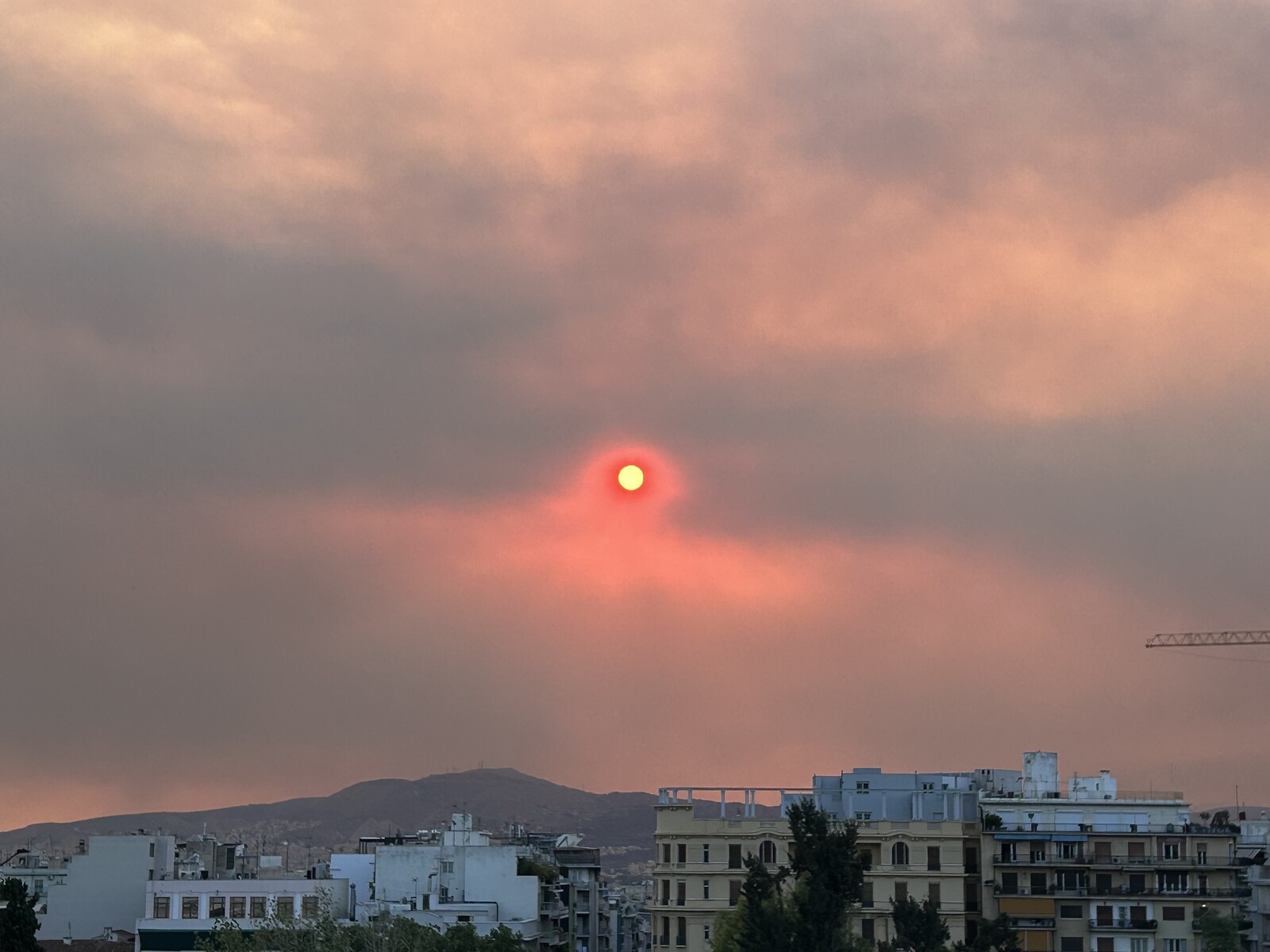
Writing recently in the New Left Review, Hito Steyerl identified the tendency of machine learning networks such as Stable Diffusion to produce what she calls “mean images.” The word “mean” here carries several connotations, the most literal of which describes the process by which such networks aggregate existing images and out of them construct an average. Like statistical means, they do not bear upon reality except by analogy (that the average household in South Korea contains 2.4 people, for example, does not correlate to the actual number of people in any of them). This implies another way in which these images are “mean,” because they establish standards that are in reality unachievable: an AI-generated image of an “American citizen” describes no possible American citizen, but it does establish a visual ideal to which no living person can conform. Moreover, these technologies depend upon categories that must always be contested (what is a household, after all, or a citizen?), and so the images they produce are “mean” in the sense of exclusionary. Steyerl goes on.
We might speak in much the same way of “mean texts.” The ideas, if they can be so-called, produced by such language models as ChatGPT are …
July 5, 2023 – Editorial
“Other worlds”
The Editors
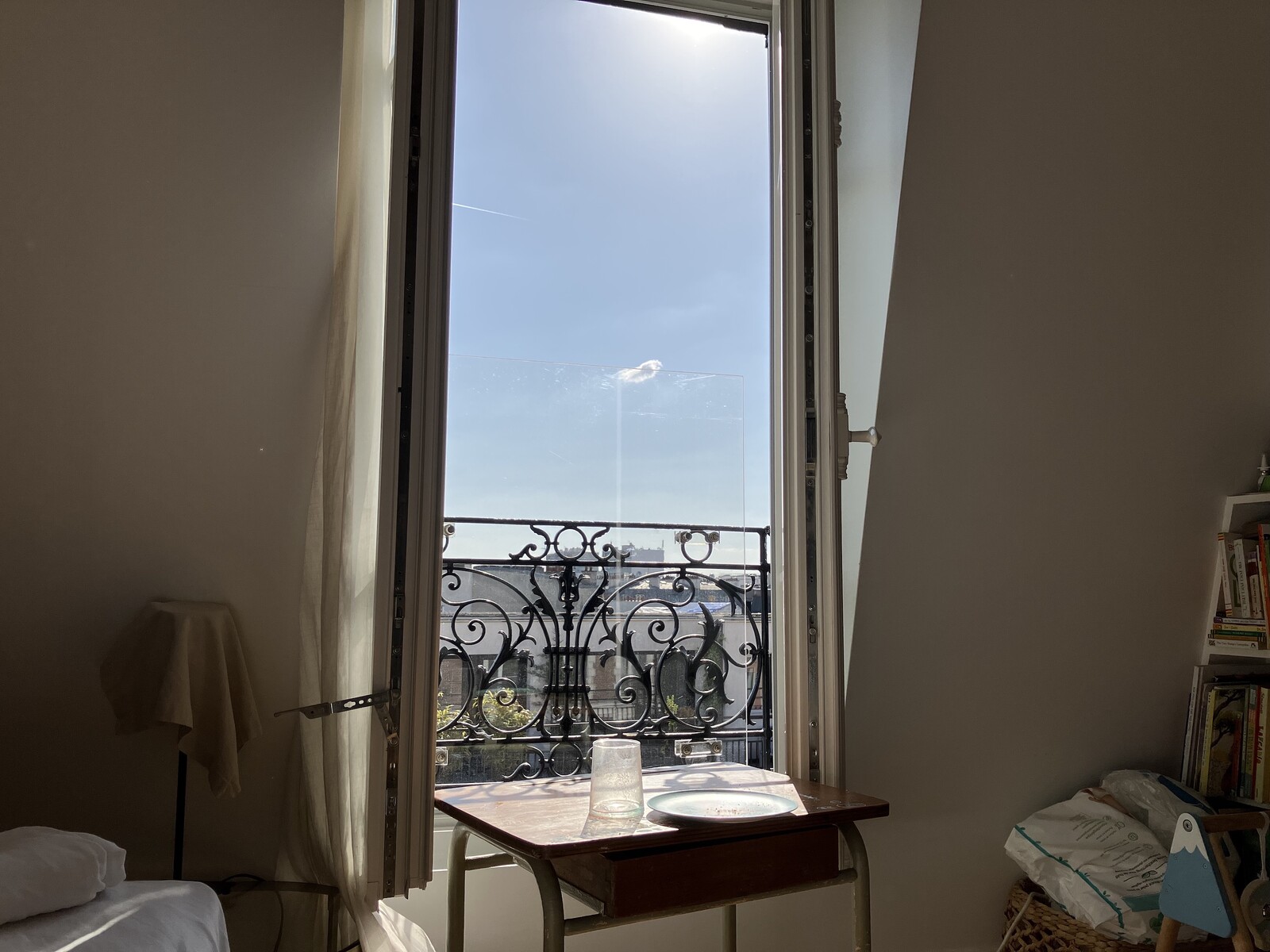
In an essay to be published this month, Thea Ballard interrogates the curatorial and critical cliche that works of art help us to “imagine other worlds” to “presumably utopian social effect.” Not only did this force the editors to skim through past editorials to check whether we had succumbed to the same truism (no comment), but it set us to thinking again about the relationship between the “worlds” constructed through art and those in which we live.
One implication of the critique is that allowing art the freedom to imagine new realities might relieve it of the duty to engage with the existing ones. That curators (and critics) unthinkingly encourage an attitude towards “high” cultural production that is essentially one of wish fulfilment: art as imaginative escape from the very real structural injustices, climate catastrophes, and rising authoritarianism that are shaping our societies. The danger is that art comes to serve a blander version of the cathartic function that Aristotle ascribed to theater: we go to the museum to participate in a symbolic world in which justice is served, only to return to our daily lives purged of any revolutionary feeling.
The obvious rejoinder is that we must first imagine …
June 1, 2023 – Editorial
“Solid sources”
The Editors

The collapse of faith in political institutions that shapes the present might be traced back to a bad faith reading of an image twenty years ago. “Every statement I make today is backed up by sources, solid sources,” insisted US Secretary of State Colin Powell to the UN Security Council. These “solid sources” included a set of blurred satellite images that represented—he claimed—a facility producing the weapons of mass destruction that would justify the US-led invasion of Iraq. As R. H. Lossin points out in an essay on the work of Trevor Paglen that we’ll publish this month, the war that fatally undermined both the rules-based international order and the presumption that its leaders should be accountable to truths was predicated on “a specific, actively enforced interpretation of some grainy shapes.”
What is at stake when images are used to construct realities conducive to power? How, as political subjects with our own biases, can we make informed judgements of images that support multiple interpretations, or are of uncertain provenance, or refuse altogether to be read? And how do we respond to the tendency to build dangerous conspiracies out of images that are, like the grainy shapes in Powell’s PowerPoint presentation, …
May 1, 2023 – Editorial
Mixed up and placed together
The Editors

In his forthcoming essay on Peter Hujar and Steve Lawrence’s Newspaper project, John Douglas Millar quotes the art historian Marcelo Gabriel Yáñez as saying that the purpose of that publication “was that images were brought together from disparate contexts, mixed up, and placed together in a way that forced meaning and correspondence beyond their apparent lack of connection and/or hierarchical distinctions.”
Given that we will publish Millar’s text in close proximity to a piece on the Brazilian artist Arthur Bispo do Rosário, who used his time in a psychiatric institution to create a body of work that advanced his divine mission, and a review of the latest Gwangju Biennale, which promises to focus on responses to the political crises of the present, something similar might be said of e-flux Criticism’s program. And the purpose served by these juxtapositions might be the same: not to flatten different forms of cultural expression into the increasingly stretched and unstable category of contemporary art, but to generate new meanings through the friction that occurs when various forms rub up against each other.
If contemporary art is an unstable typology, then a publication devoted to its criticism might attend to the points at which it …
April 4, 2023 – Editorial
Only connect?
The Editors
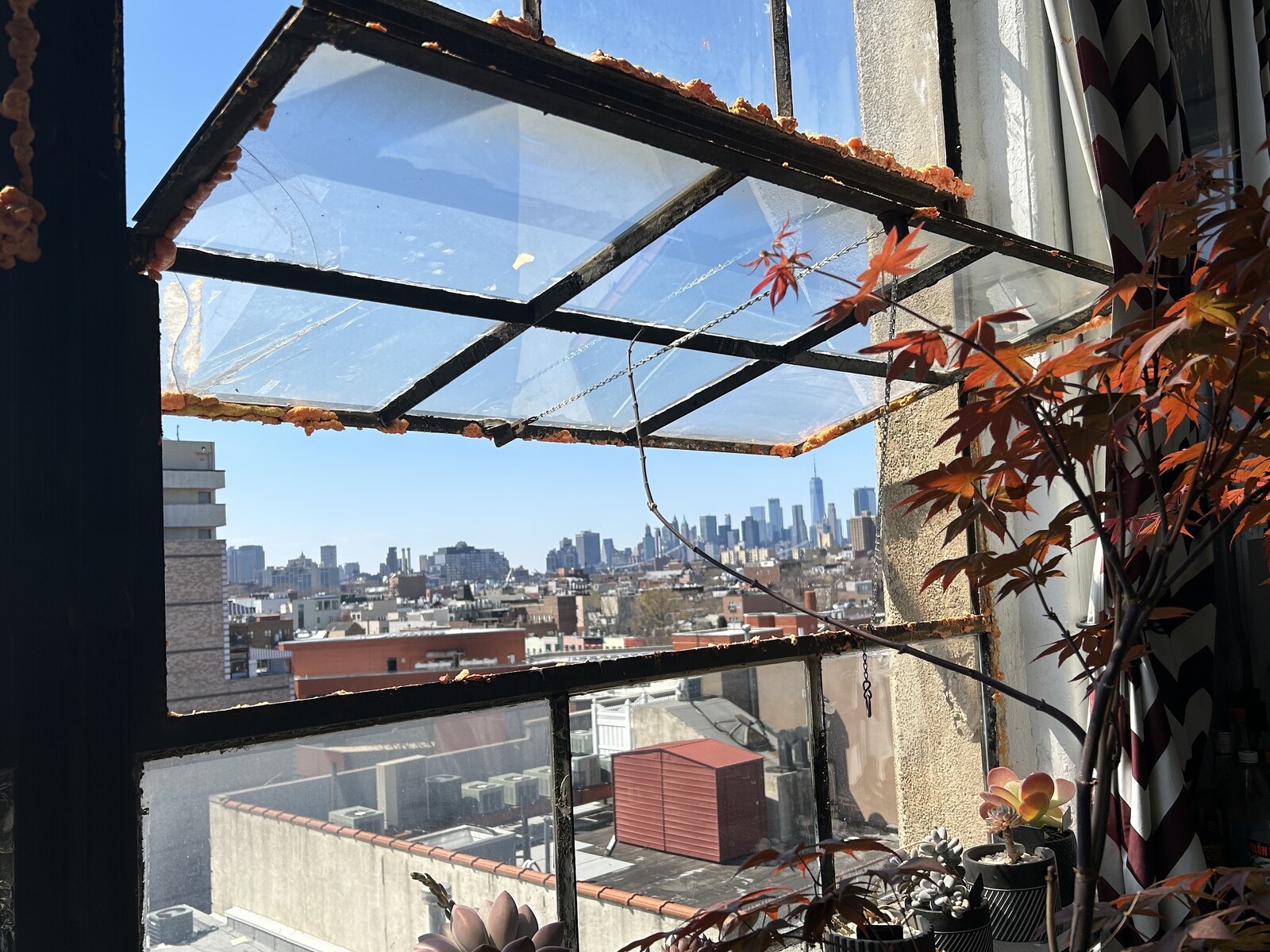
“The problem of criticism,” wrote John Berger, “is fundamentally the problem of connection.” The celebrated autonomy of modern western art might have freed it from the old institutions, but this did not lead to the anticipated reconciliation of art and life. Instead they drifted away from each other, and so criticism emerged to bridge the gap by connecting artists to audiences who might have other things to do with their lives than keep up with an increasingly specialized discourse.
Or that might be one function: Berger is careful to distinguish between “studio criticism” and “public criticism,” the former intended as feedback for the artist (the critic as intellectual advisor to the creative community) and the latter for a non-specialist spectator whose position in relation to the work the critic must assume. The first responsibility of the public critic is therefore to relate the production of artists to the issues shaping the world through which its audience is living (“it is criminally irresponsible,” wrote Berger in 1955, “for any intellectual today not to consider his and every subject in relation to the threat of the H bomb,” to which we might add some more recent catastrophes).
The question of what …
March 2, 2023 – Editorial
“What are we now?”
The Editors

Writing in these pages, R.H. Lossin suggested that the discipline of art criticism emerged as one way to answer a question that might be formulated either as “what is it that has happened to us?” or “what are we now?” We’ve recently been asking just the same thing. So, 250 years later, it might be time to revisit the question and to reflect on how art and its criticism might help us to understand the change through which we are living.
What strategies are available to us? It has become critical and curatorial cliché to say that we can understand the present by speculating on the future—see the art world’s periodic infatuation with science-fiction—or by reimagining the past—through the revision of those historical narratives that shape the societies in which we live. But amidst a deluge of exhibitions promising to excavate the past, it is hard to escape the feeling that in the current climate it might be easier to dedicate an exhibition to historically or geographically distant wrongs than to attempt to intervene in the issues playing out on the neighbouring streets.
To be clear: the impulse to look away from the present is not only understandable …
February 2, 2023 – Editorial
Slippery turns
The Editors
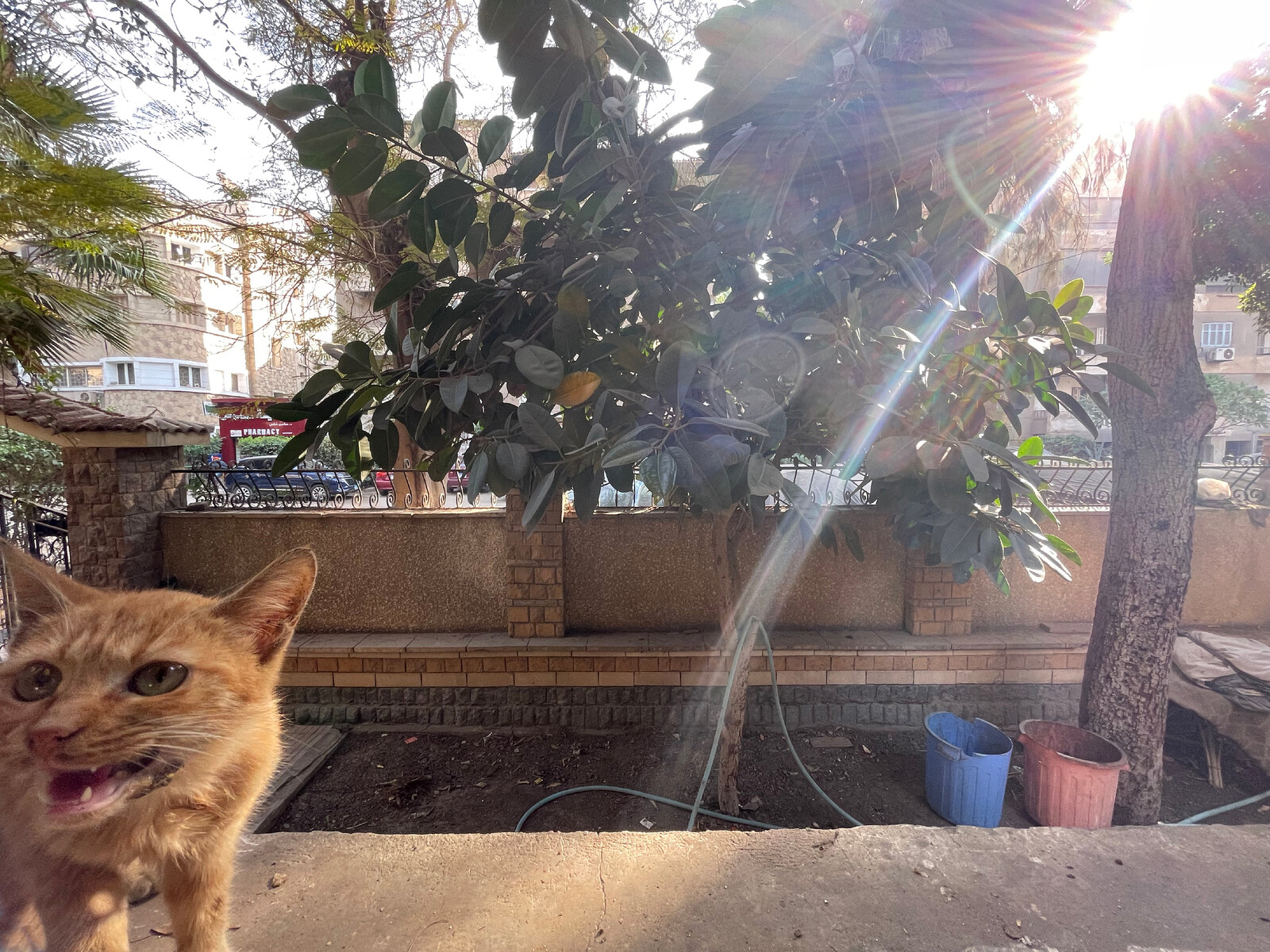
I recently found myself telling an artist that her new body of work was “insubordinate.” I hadn’t premeditated the phrase, and I was surprised by it. It seemed like an overblown word to apply to works that were not obviously seditious: modestly sized still life paintings in oils. So conventional were the set-ups, in fact, that my first response had been to file these paintings away under headings established by critics long ago. But the paintings were much stranger than they first appeared. The more I looked at them, the more they slipped free of the prefabricated structures of meaning that laziness superimposes onto any object (or person) bearing the most superficial resemblance to any other category of objects (or people).
Perhaps, I came to think, these paintings were insubordinate because they worked against the expectations established by their form. They were not armed uprisings against the dominant order so much as a subtle form of industrial action: a go-slow, perhaps, or factory line sabotage. Here was the same logic of a subversive film designed to escape the attention of censors: abiding by conventions only in order to undermine them. Or the novelist who, having been told her plots are …
January 6, 2023 – Editorial
A new chapter
The Editors
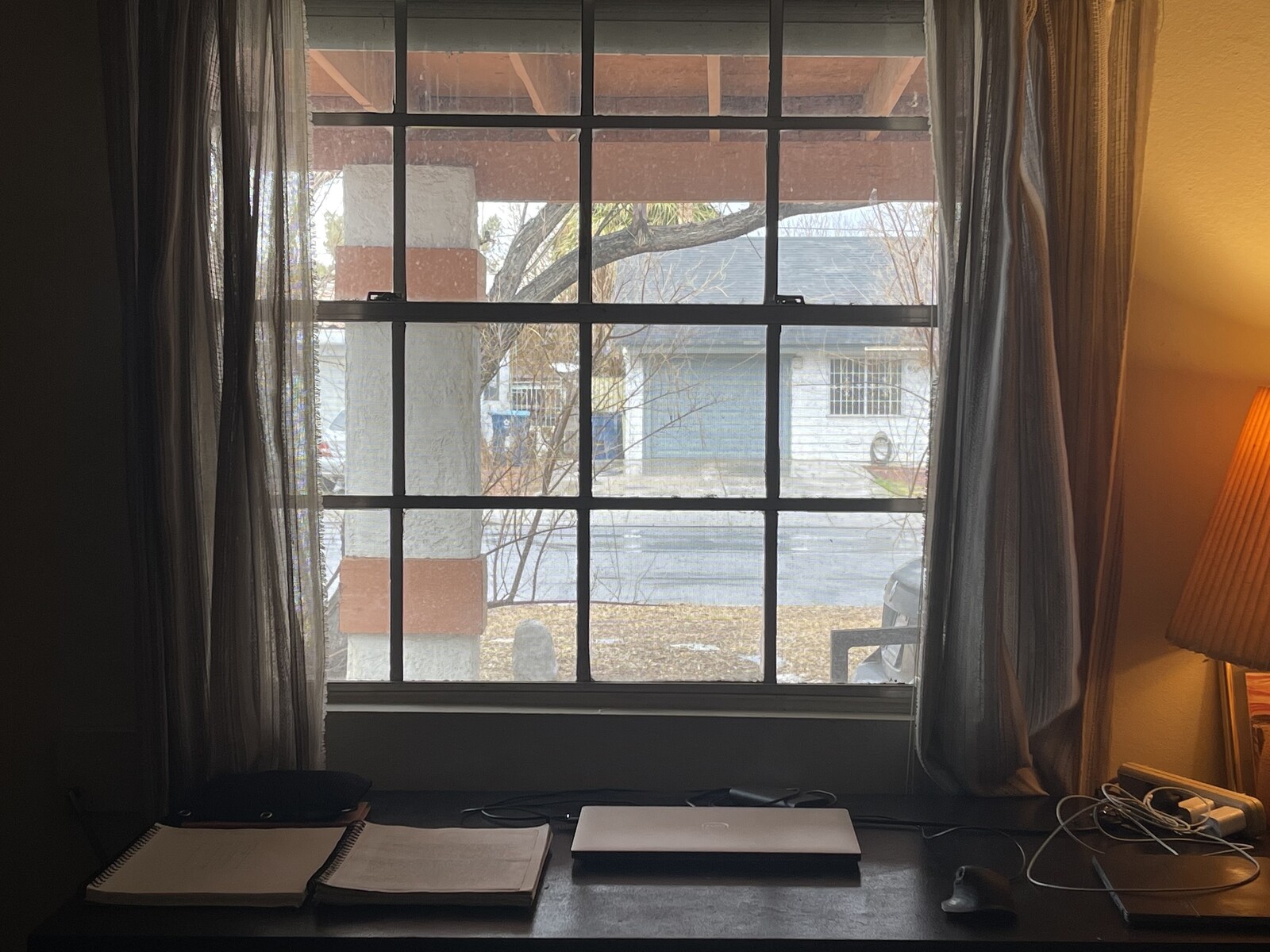
The new year is the herald of fresh starts, and all but the most bleary-eyed of you will have noticed that this editorial is published under the new banner of “e-flux Criticism.” For those who haven’t seen the announcement: e-flux Criticism comprises the same team of editors and writers operating under the same principles that shaped art-agenda. The main differences are that we’ll be increasing the volume of our editorial output—with more space for literary, film, and other criticism to complement our established program of art reviews, features, and interviews—and that all this will be hosted on e-flux.com. Our writers’ work will still be delivered directly to your inbox, for free. Tell your friends.
The change responds positively to a number of issues that have preoccupied the editors for some time, and which have recently become more acute. The most urgent is the sense that the space for independent criticism is shrinking. It should be acknowledged that writers have been broadcasting this jeremiad ever since art-agenda started publishing reviews in 2010, and that new platforms for sharing ideas have sprung up in the interim. But we remain convinced that the service we provide—namely considered appraisals by informed writers of the …
December 1, 2022 – Editorial
Course correction
The Editors
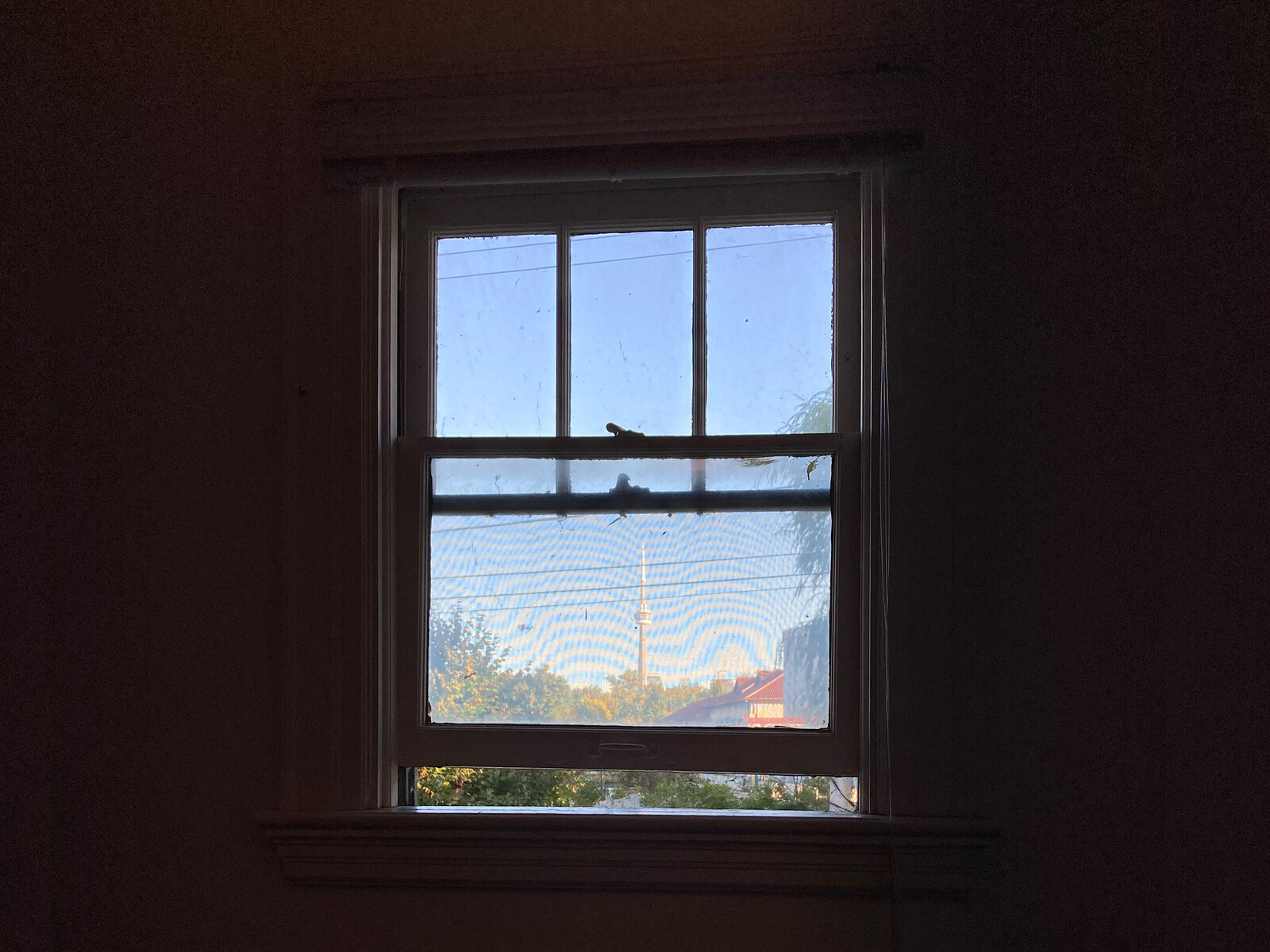
The recent death of Bruno Latour prompted us to revisit an idea that has been influential on this publication’s editorial position. In the era after the avant-garde, asks Latour, when modernist presumptions of a headlong march into the future have been discredited, what does it mean to believe in progress? How to hold out the possibility of moving forward without falling into the same old traps? Latour draws a subtle distinction between what he calls the “idea of inevitable progress” and a “tentative and precautionary progression” that pays more attention to the direction of travel than its speed. We must be attentive to the route we are taking, and should always be correcting its course.
The name he gives to this approach is “composition,” making an explicit connection to the creative process generally and the arts specifically. The futures we imagine into being, Latour proposes, must always be adapted to the conditions of the present. By focusing on that dynamic relation, he replaces the question of how to achieve utopia with the critical task of identifying “what is well or badly constructed, well or badly composed” and adjusting what one thinks according to the findings. Which sounds a lot like …
November 2, 2022 – Editorial
“But for whom?”
The Editors
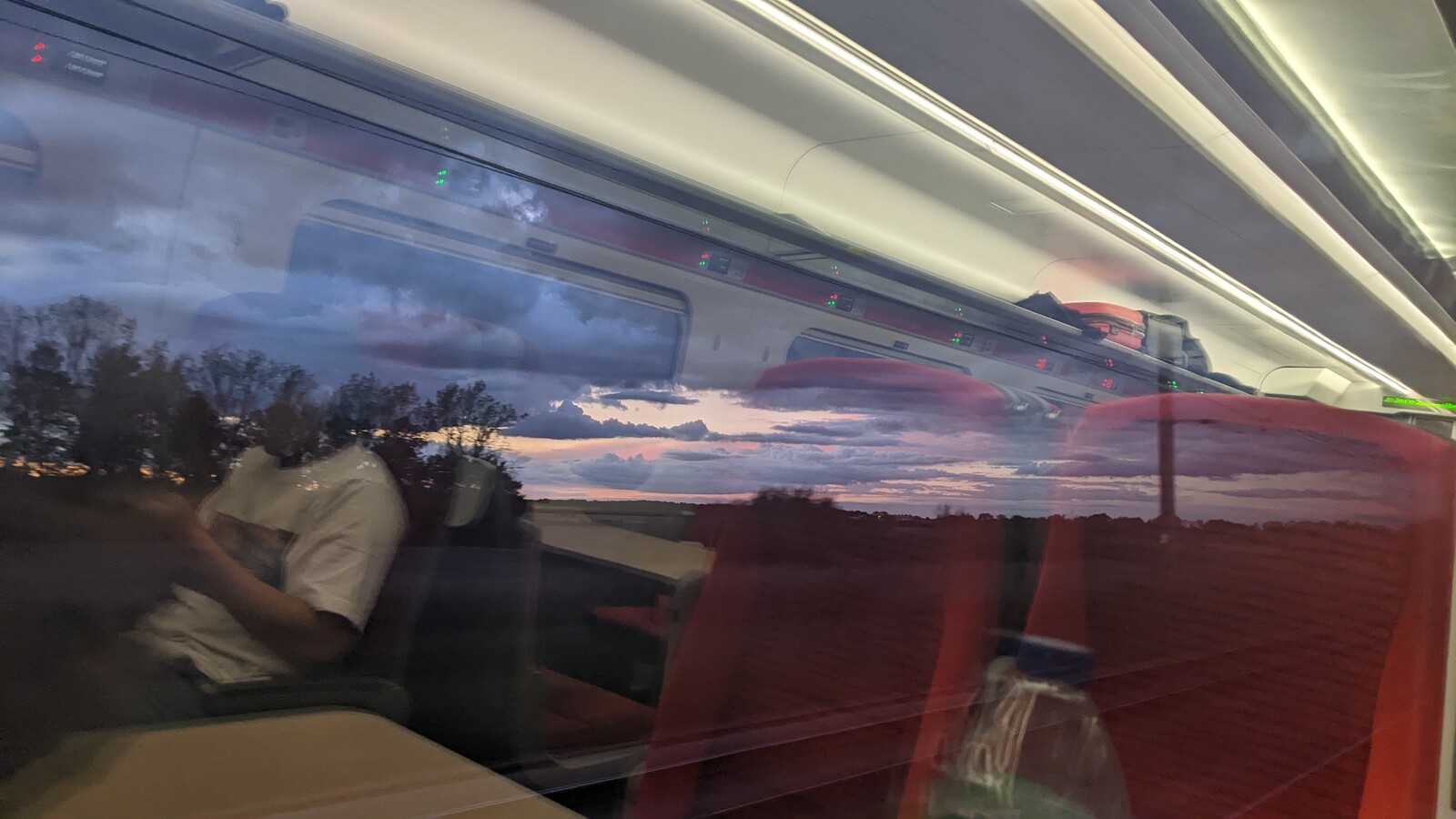
A series of protests in museums have raised the question of whether it is justifiable to destroy a work of art in order to advance a cause. The less palatable issue is whether it is effective. In Joseph Conrad’s The Secret Agent (1907), the anarchist Verloc is tasked with perpetrating an outrage that will shock the middle classes out of their apathy. His commissioners call him in to discuss targets: “Of course, there is art. A bomb in the National Gallery would make some noise.” But the idea is quickly dismissed. “There would be some screaming, of course, but from whom? Artists—art critics and such like—people of no account. Nobody minds what they say.” Ouch. The saboteurs decide instead to launch an attack on science, because “any imbecile that has got an income believes in that.”
When climate activists threw soup at a van Gogh in the National Gallery, they knew that the painting was protected by glass. Does the symbolic nature of the protest strengthen or diminish it? After all, the suffragette Mary Richardson felt no such qualms about taking a meat cleaver to Velázquez’s Rokeby Venus (1647). The issue becomes daily more acute: last week I witnessed anarchists …
October 4, 2022 – Editorial
Broken images
The Editors

Speaking last month to art-agenda about the exhibition she organized in her ruined apartment, the Ukrainian curator Kateryna Iakovlenko explained its focus on everyday gestures of community and resistance as a strategy of studied “indifference” towards those responsible for the destruction of her home and the invasion of her country. Instead of expending her energy on thinking about the aggressor, she told us, she prefers to “think about the future, about ordinary people experiencing all this with me.”
This refusal to acknowledge the presence of an external—in this case hostile—audience might have analogues with other intersections between collective action and creative expression. It was one of the most striking features of the recently concluded Documenta, if not the most commented upon, that so much of the work presented seemed pointedly unconcerned with explaining itself to its viewers. If this sounds like a criticism, then that is perhaps indicative of the degree to which audiences have become accustomed to the idea that even (or especially) creative practices which do not fit easily into established western ideas of what constitutes art should be clearly contextualized and bracketed for their benefit. Instead, the work’s obliviousness to its observers—what might be called its self-absorption—was …
September 2, 2022 – Editorial
Clearing the air
The Editors
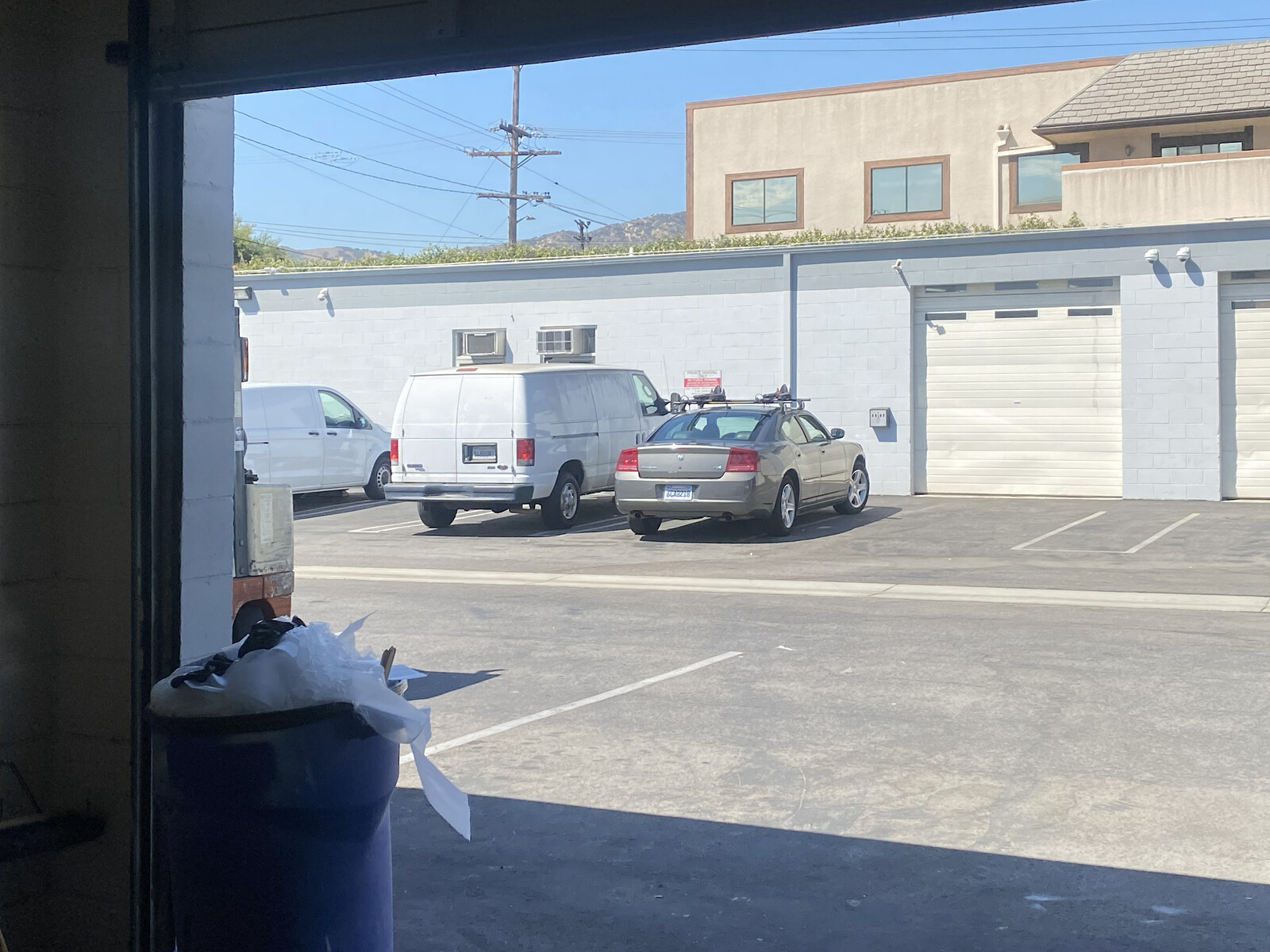
In a conversation to be published this month, the architect Andrés Jaque identifies “ultra-clearness” as the presiding aesthetic of twenty-first-century power. Speaking in the context of our series on the “ecological turns” in contemporary culture, he warns that the drive to detoxify wealthy western cities—realized through clean air schemes and in the extractive processes underlying the immaculate design of Apple stores and luxury property developments—does not reflect an improvement in environmental standards so much as the displacement of ecological disaster onto populations outside the city centers, whether in the US Midwest or the Global South. Cleaning up the spaces occupied by the rich comes, more often than not, at the expense of poisoning the poor.
The impulse to purge well-resourced public spaces of anything that dirties the atmosphere might have an analogy in the cultural field. The process of removing uncomfortable—even harmful—elements from the rarefied air of metropolitan museums and university curricula raises some of the same questions. Whose wellbeing is being protected? Is there a danger that excluding these elements only serves to shift their consequences onto populations less insulated by money and influence against their effects? Elizabeth Povinelli has pointed out, in her writing on toxic late liberalism, …
July 6, 2022 – Editorial
A carrier bag theory of criticism
The Editors
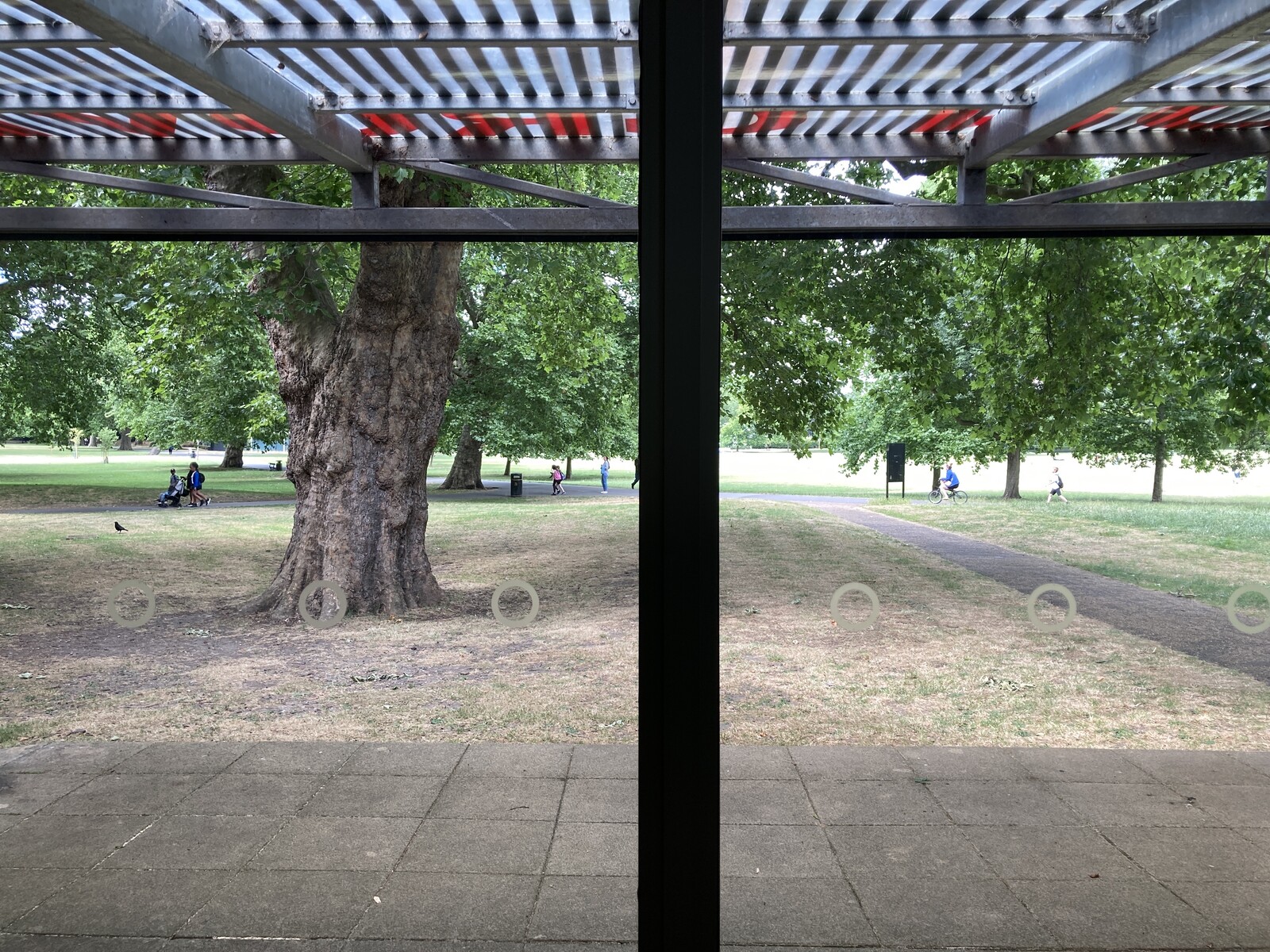
Chris Kraus suggested a couple of years ago that art criticism might soon be replaced by conversations around art. The sentiment reflects one tendency in the culture: broadly speaking, the shift away from individual pronouncements on objects produced by solitary geniuses and towards communal discussions around the products of communities and co-operatives (even if expressed in the work of a single artist). This more pluralistic future—in which both the production and reception of art are understood to be collective endeavors—is to be hoped for and worked towards. In many senses, of course, it has already arrived.
Today’s dramatically altered media landscape means that no-one must any longer rely on a single authority for information on what is being presented in galleries, museums, and elsewhere. Access to exhibitions in other cities is not limited to a short review and a black-and-white installation shot in one of a handful of print publications. Now, our feeds are filled with snapshots from the previews captioned with expressions of support or dissent. This brings significant benefits: we learn about shows that we might never have heard about elsewhere, filtered through a variety of perspectives, and the conversation accommodates voices that might not …
June 2, 2022 – Editorial
New criteria
The Editors
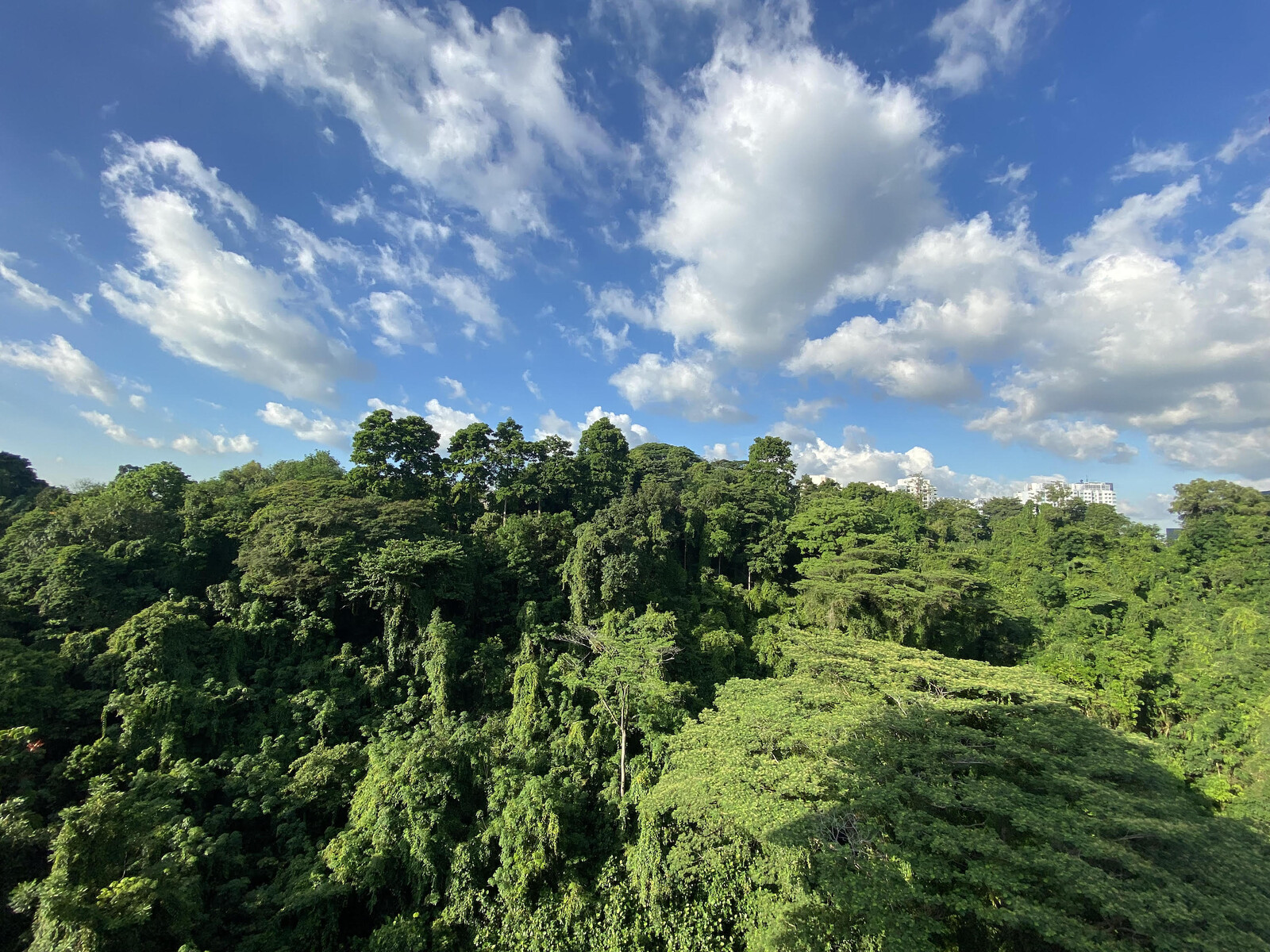
In her recently published book, reviewed last month in these pages, Karen Archey made the case for critique—of art institutions, but more widely of the frameworks of governance by which our societies are organized—as an act of care. To hold something to account, she argues, is not to denigrate it but quite the opposite: we criticize the institutions we care about in order to improve them. Critique is not a weapon to be brandished against our enemies, a merely rhetorical means of demonstrating the “rightness” of one pre-established position over another. Instead it is a process by which to measure the degree to which the institutions we have a stake in are meeting their responsibilities. This process facilitates the reform that must be never-ending—the permanent revolution—if those institutions are to continue to serve the evolving needs of the people for whom they were established.
That criticism is not hostile to its object feels like a principle worth restating, when so much of the discourse—not only around contemporary art, but the societies it represents—feels like so many different ways of justifying a fixed political position. Criticism, in the above formulation, works against that tendency. Because it is predicated on judging …
May 3, 2022 – Editorial
How Soon is Now?
The Editors

On the evening of the first preview day of the Venice Biennale, I had dinner at the house of a friend who lives in the city. The writers around the table were, as always, worrying about how they were going to find the time to see everything in the exhibition, formulate an intelligent response to it, and file their reviews before their deadlines in the coming days. Which prompted the host, having sympathized with their predicament, to direct her next question to me, the only editor present: “What’s the rush?”
The implications of the question were clear (at least to someone who spends an inordinate amount of time thinking about these things). When everything is on social media within minutes of the exhibition’s doors opening anyway, and the preview is spent dodging people taking selfies to post alongside snap judgements, why not give critics more time to consider their opinions? However useful they are for people running around Venice, the proliferation of listicles with titles like “Best Five Pavilions at the Biennale” and “Standout Works from the International Exhibition” contribute to a discourse which is more about identifying winners and losers in the snakes-and-ladders of professional art than reflecting on …
April 1, 2022 – Editorial
Root and branch
The Editors
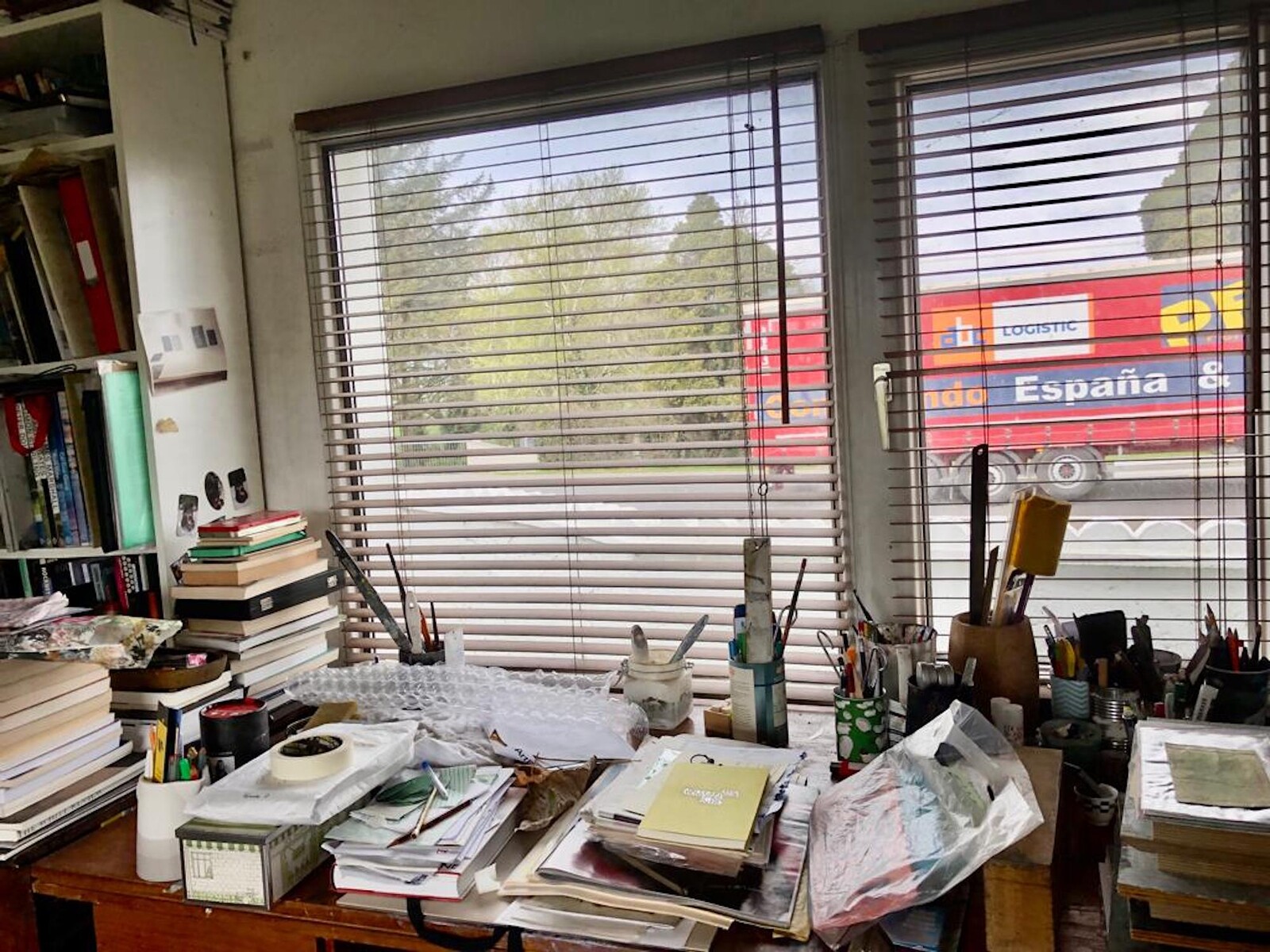
We recently heard the times through which we are living described as the “permacrisis,” a series of disruptions that began three years ago and seems like it will never end. Like any historical period, its boundaries are arbitrary: the pandemic, uprisings against racial injustice, floods and fires in the Global North, and the war in Ukraine are merely the most visible manifestations to western audiences of longstanding emergencies, and it’s easy to concoct arguments for the period having begun in 2016, 2008, or 2001 (or having been inevitable since the collapse of the USSR, the advent of colonialism, or…). Yet the phrase has its uses: it expresses the helplessness that this rolling disaster has engendered—the whack-a-mole sense that even if one crisis can be addressed, another will soon pop up to replace it—and the loss of historical perspective that makes it difficult even to imagine change.
If you work in the cultural field, it has been impossible to avoid the issue of how to respond to each new expression of the “permacrisis.” There has been much discussion of the way that institutions have reacted, running the gamut from cynical cosmetic gestures to long-term investment in structural reform. But recent …
March 1, 2022 – Editorial
A letter for Ukraine
The Editors
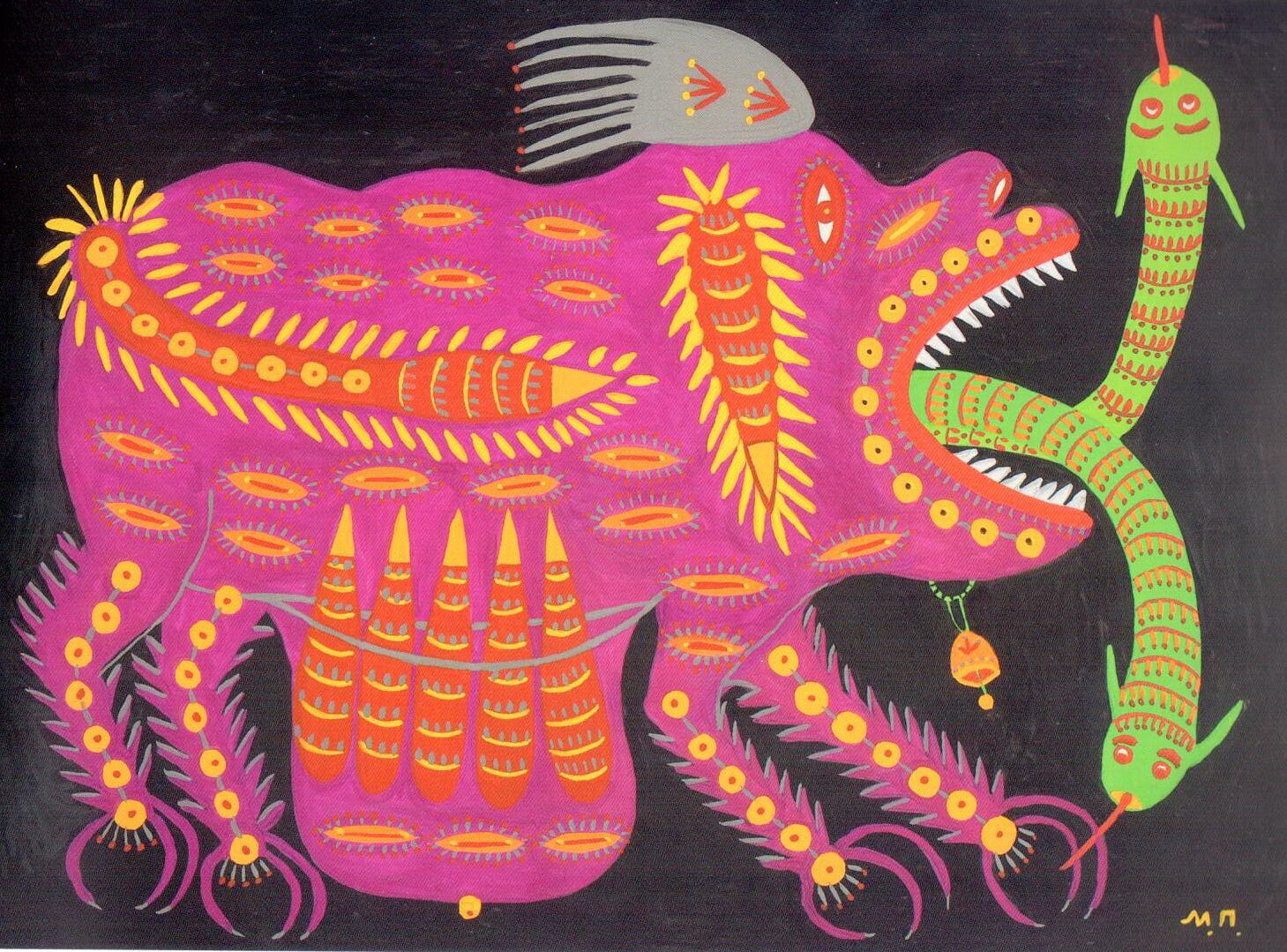
We stand alongside the people of Ukraine in their resistance to the invasion of their country by Russian forces. We assert the rights of the Ukrainian people to free expression and democratic self-determination. We stand in solidarity with our colleagues working in Ukraine’s cultural sector.
We deplore the lies to which President Putin resorts in attempting to justify an unjustifiable war. We applaud the thousands of people in Russia who continue to protest President Putin’s despotism in defiance of his apparatus of repression. We recognise that this war is not the will of the people of the Russian Federation but the fantasy of their corrupted leader.
This is not a regional conflict. This is the latest development in a global war waged by autocrats and kleptocrats. We thank the people of Ukraine for their valor and we pledge our support to their cause. We call for safe passage to be provided to the students and workers of other nationalities trapped in the country, and insist that Ukraine’s international partners provide refuge for all those displaced by the war.
We urge readers to learn more about the conflict, and to act to support those affected by it, by referring to these resources and contributing …
February 1, 2022 – Editorial
Cracks and joins
The Editors
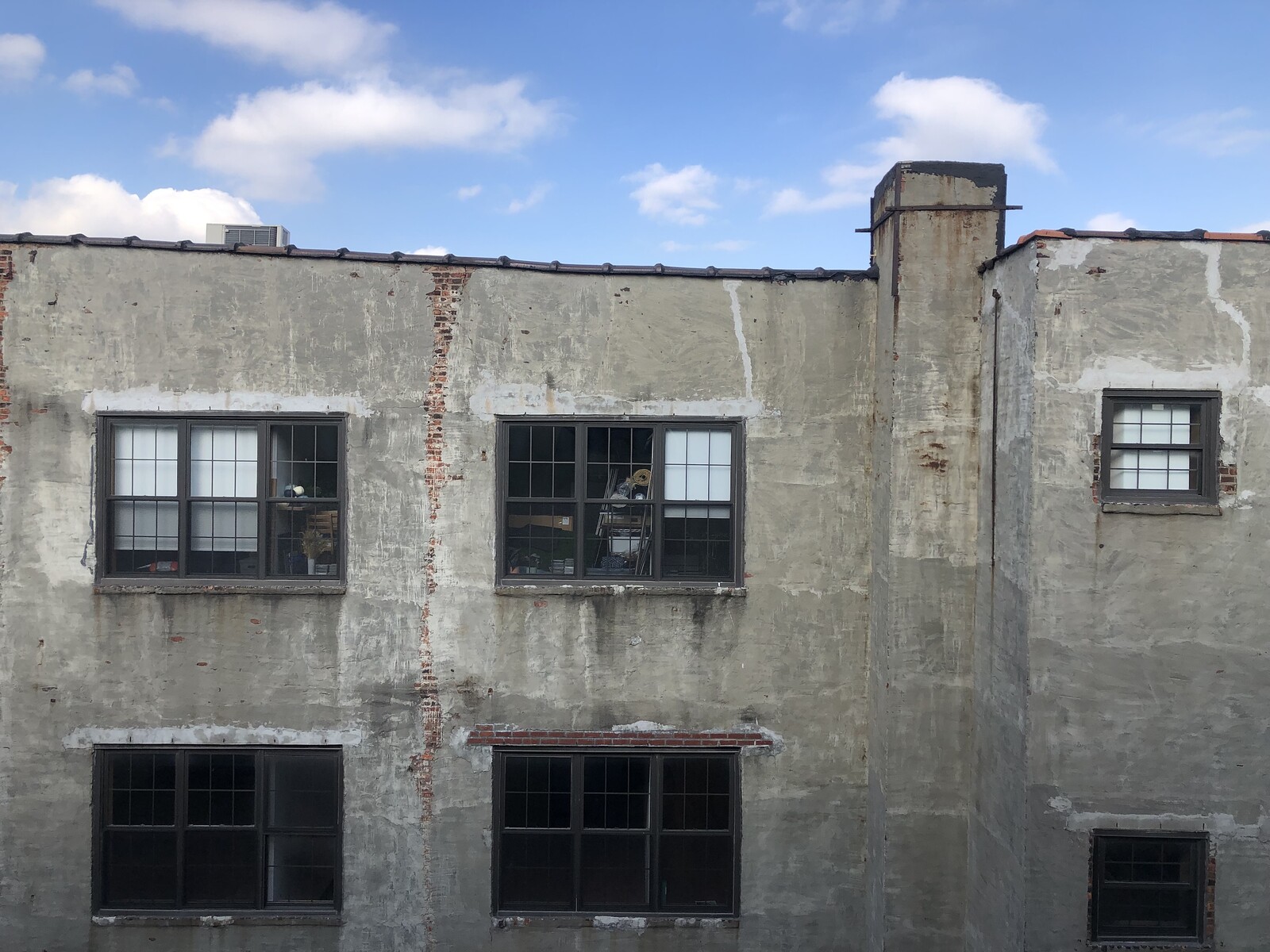
The photograph accompanying this month’s letter comes from the New York studio of the painter Amy Sillman. In the course of our correspondence, during which we discussed the nature of the brief and considered the relative merits of different views, Amy mentioned that she has always associated elements of New York painting with the “glum and ugly and shabby and tattered” surfaces of the city’s buildings and sidewalks. When the above picture arrived we suggested that—in its off-geometric composition, its scratched plasterwork and exposed layers—it communicates some of the relationship between the world and the work that this series of snapshots from artists’ workspaces hopes to foreground.
Shortly afterwards, Amy forwarded a photograph of a drawing she was working on. It was apparent to her that this image—with its cracked and distressed surfaces and scratched, brick-colored patches—is “so obviously that same wall.” In one sense, the drawing reinforces the basic proposition that the environment in which an artist lives influences, whether consciously or unconsciously, the work that they make. And, by extension, that some knowledge of those conditions might help the viewer of their work to understand it. Yet in another sense, this drawing of entangled figures against a smog-gray ground …
January 4, 2022 – Editorial
Reasons to be cheerful
The Editors
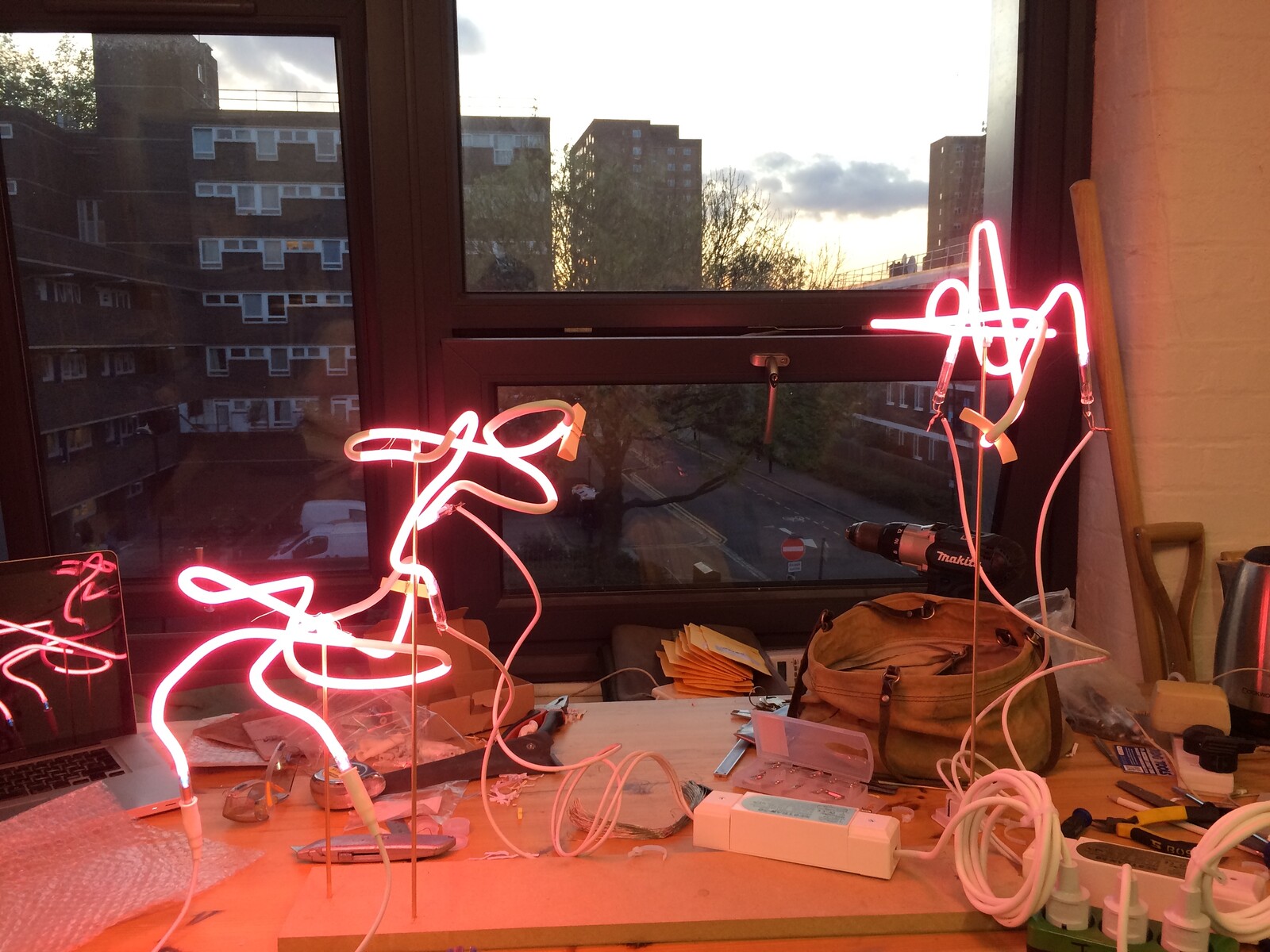
In the year 2022, according to the SF procedural Soylent Green (1973), food shortages resulting from climate change will mean that half of the world’s population are reduced to eating mass-produced wafers that are made, it transpires, out of people. Which is to say, without wanting to tempt fate, that things could be worse.
Our own predictions for the coming year are less dire. A whip round at this morning’s editorial meeting raised hopes and expectations: the revival of performance; the imminent triumph of a new generation of Latinx artists; online art communities as havens against increasingly repressive regimes; the imminent triumph of a new generation of South East Asian artists; and so on. More broadly, there was hope that the crises of recent years might have conspired to force institutional reforms, tempered by the insistence that this will only happen if museums continue to be held to account by their audiences.
The emergence, or in some cases re-emergence, of alternative models for the exhibition of art was another popular theme. The future of NFTs and the establishment by major galleries of new platforms to showcase and sell them has been the subject of much speculation, countered by …
December 2, 2021 – Editorial
Minor literatures
The Editors
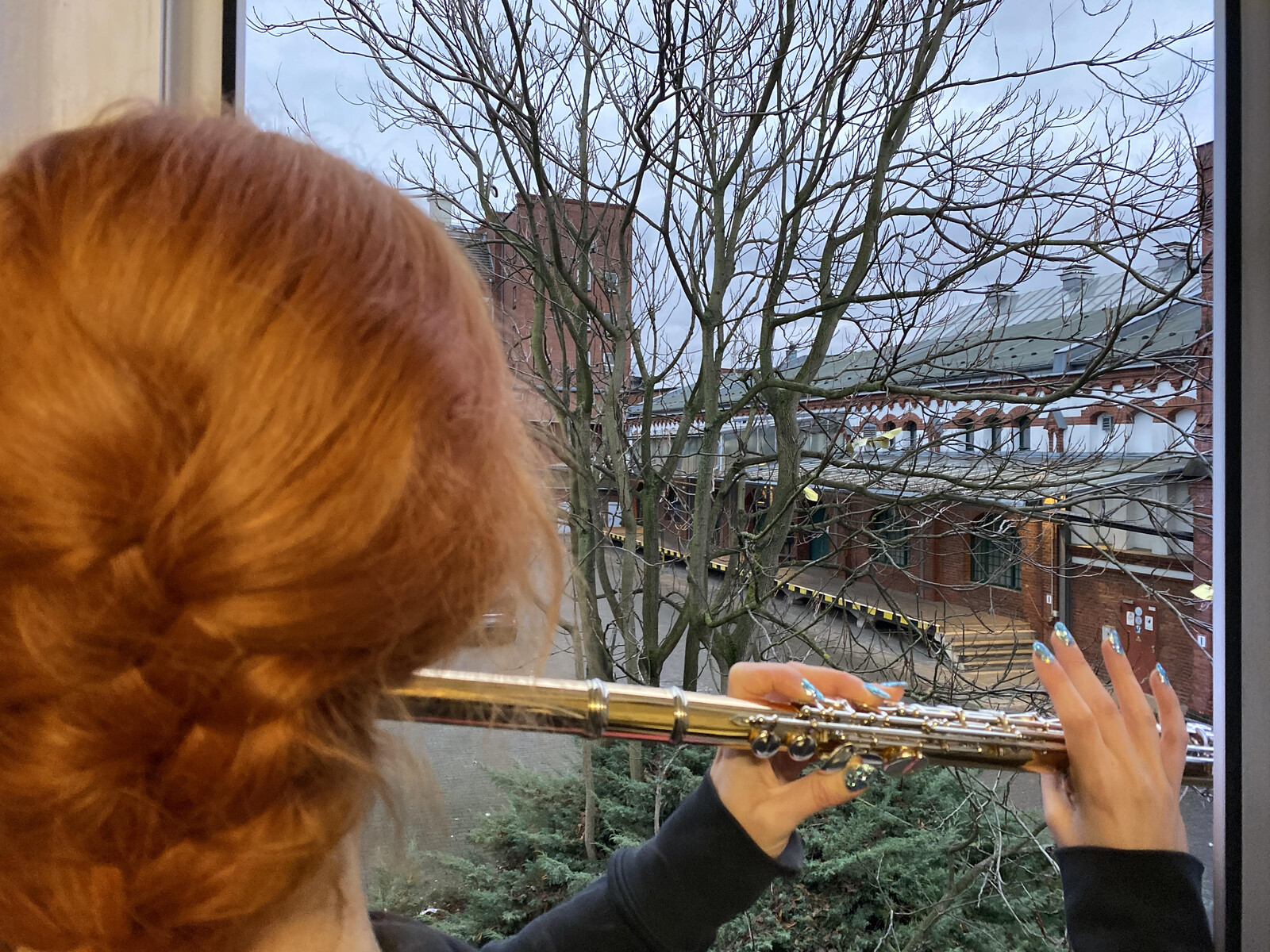
The Polish author Olga Tokarczuk pities those whose first language is English. Imagine how “lost” they must feel in a world, she writes in Jennifer Croft’s translation of Flights (2017), “where all the lyrics of the stupidest possible songs, all the menus […] are in their private language. They may be understood by anyone at any moment, whenever they open their mouths.” She speculates that English-speakers must communicate through special codes, reports a rumor that there are plans to supply them with a “little language of their own, one of those dead ones no one is using anyway, just so that for once they can have something to themselves.”
The existence of a lingua franca is not a wholly bad thing, yet Tokarczuk’s compassion for those who cannot escape it speaks to our generation’s dawning realization that to be free we need a space in which to talk privately as much as a forum in which to speak publicly. In our panopticon culture, her point begs a question: what if art might serve to draw a screen around its makers rather than make them comprehensible to “anyone at any moment”? If rather than aspiring to the transparency of a universal …
November 2, 2021 – Editorial
Showing your workings
The Editors
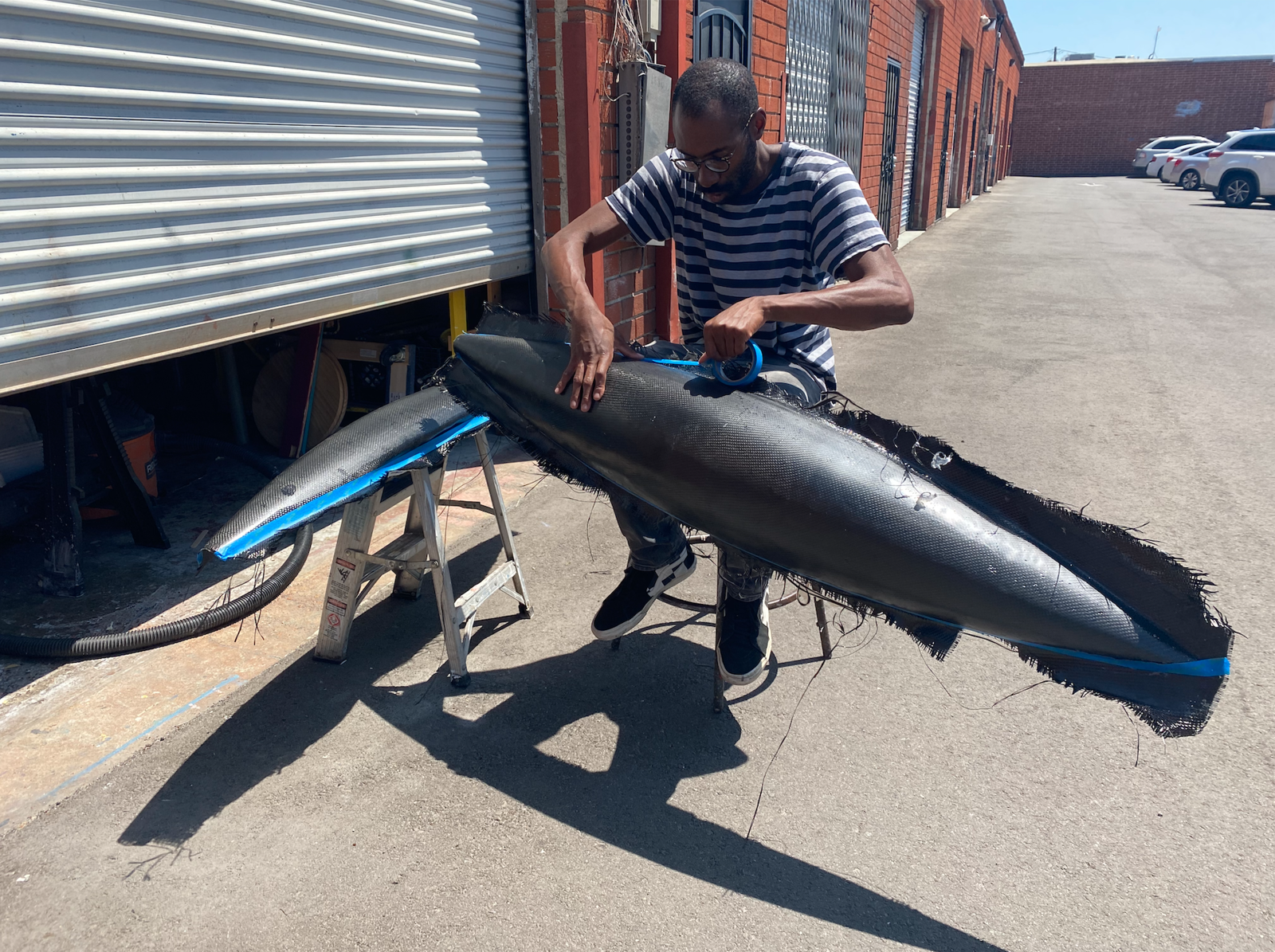
In a recent writing workshop, this editor was asked whether critics should be “objective” or “subjective” in their approach. For all that it was baldly stated, the problem is both delicate and perennial. How is it possible to say of a particular work of art that it is good or bad—which remains the basic function of a critic—without imposing ideas of what constitutes the good? The notion of the critic as a purely independent arbiter, judging exhibitions against a set of universal standards, cannot survive the ongoing and overdue reappraisal of how and by whom those standards were set. Yet the alternative is that expertise married to careful attention carries no weight. This leads us to reviews which offer up a potted biography of the artist in lieu of judgement on whether and how their work is, if we put aside the pieties, any good.
The reader will not be surprised to learn that this editor dodged the question by suggesting that it constituted a false dichotomy. Nit-picking a question as a means of evading it is a skill learned through hard knocks on the streets (meaning, minor-league panel discussions). Yet the point holds: that the critic holds …
October 5, 2021 – Editorial
Back and forth
The Editors
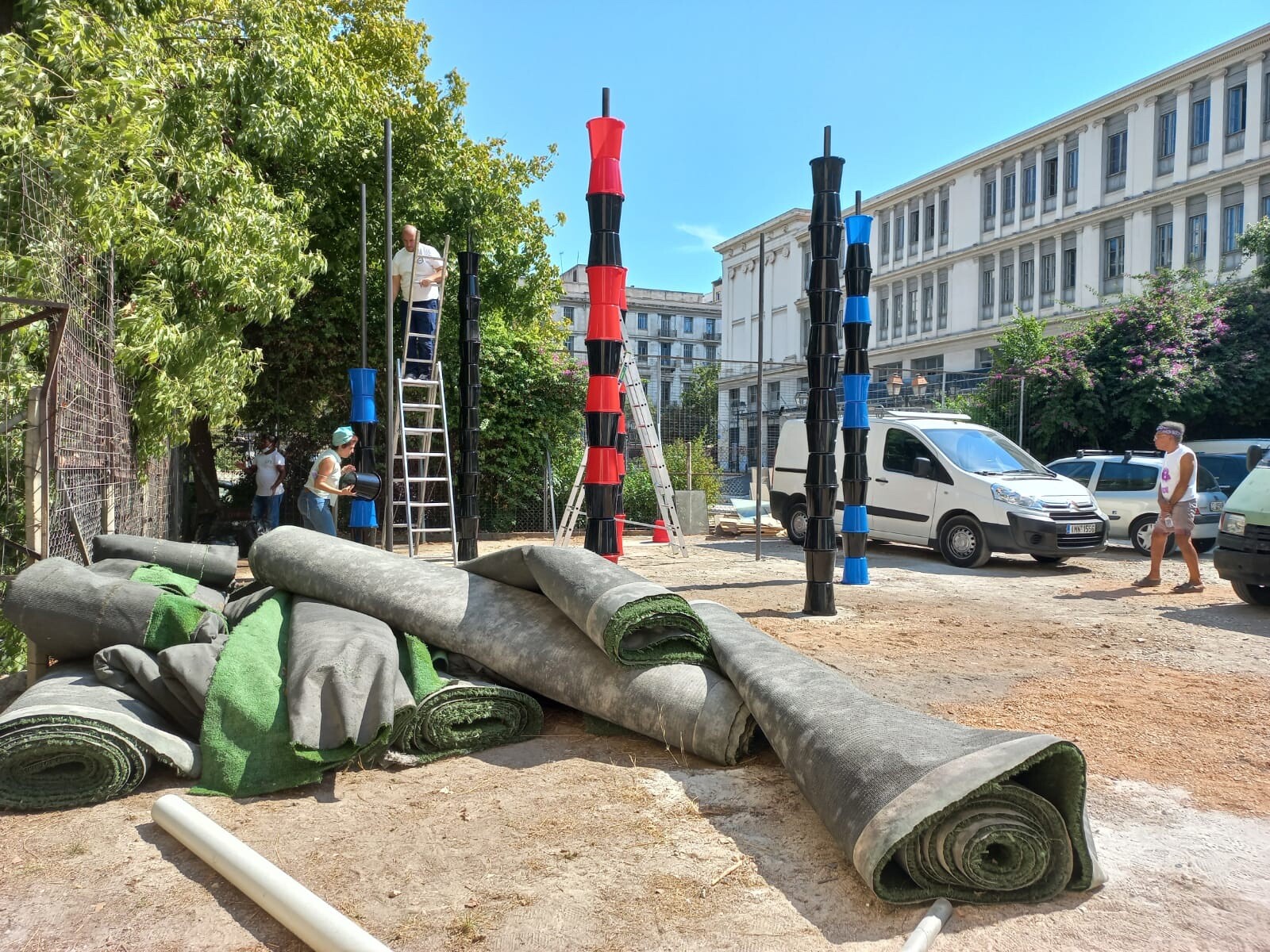
There has been much talk over the past year of the advent of a “new normal,” and with it a pressure to identify its characteristics. How should we define the changing conditions under which we are now living? How should they be reflected in our cultural production, and to what new standards should we be holding it?
One theme to have emerged in recent work (and the criticism written of it) is a reluctance to impose grand narratives—a counterintuitive insistence that the “new normal” might be distinguished by the absence of broadly applicable traits. This prioritising of felt specifics over abstract generalities might be attributed, in part, to lockdown. As several of our writers have recently observed, it’s not surprising that artists should have retrained their focus on what is close to hand and particular to their circumstances. (It’s one reason why we last month introduced a new series of images to accompany this column, inviting artists to share a photograph from their workplace.)
It might also acknowledge that the inflection point has not passed, and that we need to attend to a changing world before we start imposing rules upon it. The crises which manifested so spectacularly last …
September 1, 2021 – Editorial
Eyes forward
The Editors
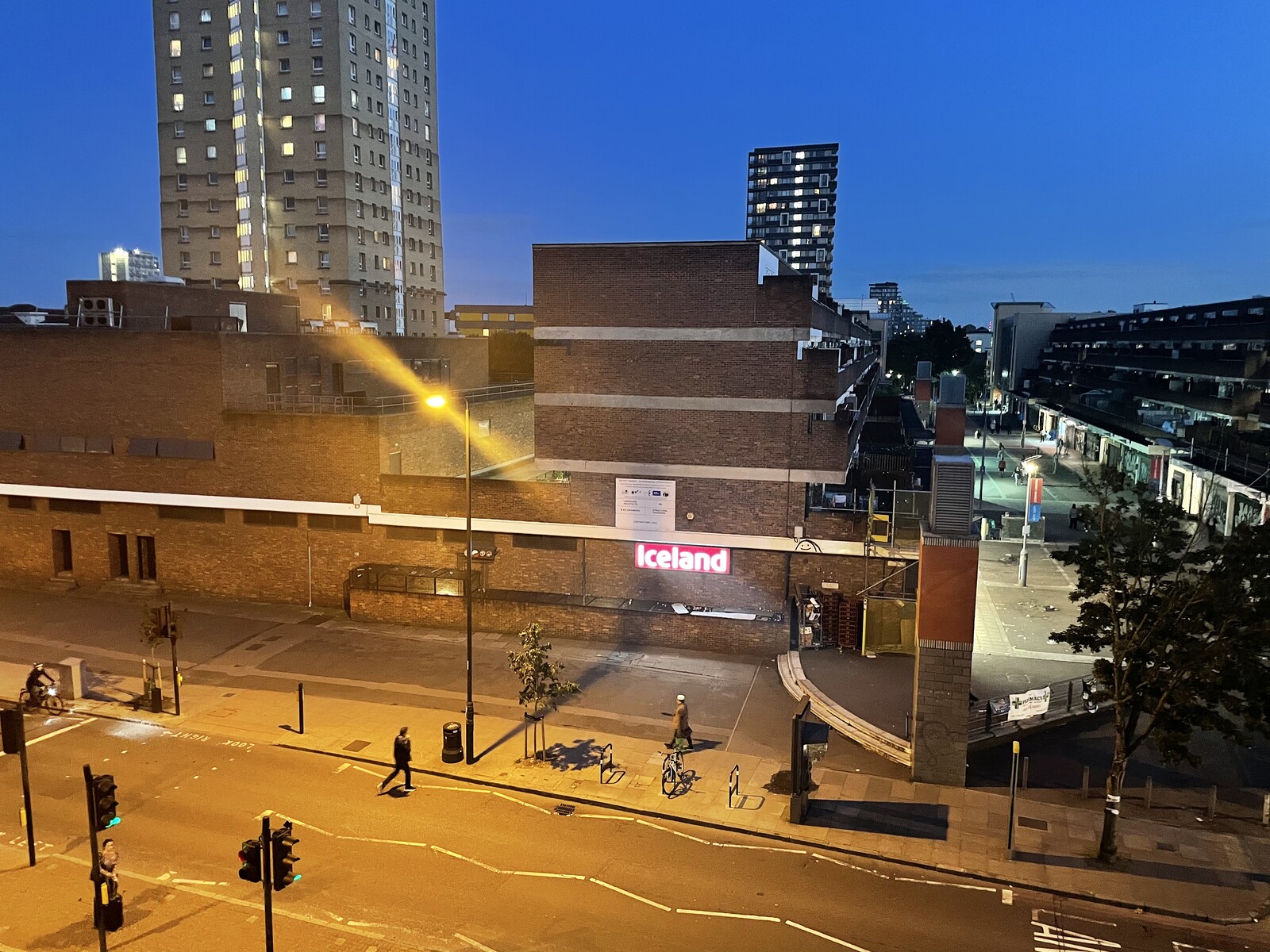
Regular readers of this column will have noticed a change in the image accompanying it. Where these letters were previously introduced by a few lines snatched from books the editors happened to have on their shelves, this one is paired with a view of London from the desk of artist and writer Laura Grace Ford. It is the first in a series of photographs taken from artists’ workspaces, and reflects a desire not only to freshen things up but also to respond to changed circumstances.
We started writing these letters eighteen months ago, when the pandemic was beginning its spread across western Europe and into the Americas. We twinned them with fragments of poetry in the hope that encountering the same lines at the same time as other readers might generate a fleeting sense of community across the lockdowns. In the months that followed, we often found escape from isolation in simple gestures towards shared experience: a friend sending a book through the post and then ringing to talk about it; watching a gallery’s online screening program and discussing it in real time with colleagues on WhatsApp.
That turbulent period is not ended, but some of the old …
July 2, 2021 – Editorial
The more things change
The Editors

There is a saying in French, “plus ça change, plus c’est la même chose.” It translates, roughly, as “don’t open your editorials with a quotation in French, if you want anyone to read them.” As such, it is among those critical principles that endure through even the most dramatic changes in the discourse surrounding works of art and the societies that produce them. Whether before or after the lockdowns, under Trump or Biden or Bolsonaro, in the midst of the climate crisis or a global reckoning against racial injustice, in the twilight of an old era or the dawn of a new, no one cares to read Anglophone writers showcase their imperfect French. The more things change, in this respect, the more they stay the same.
The most striking aspect of the gradual global emergence from lockdown has been, once the euphoria of seeing people and things subsides, how much of the old world has survived a series of events that were interpreted as paradigm shifts. This is particularly the case in the context of contemporary art, where the consensus was that a year of pandemic and protest would usher in a suite of dramatic infrastructural changes from which there …
June 3, 2021 – Editorial
Cutting both ways
The Editors
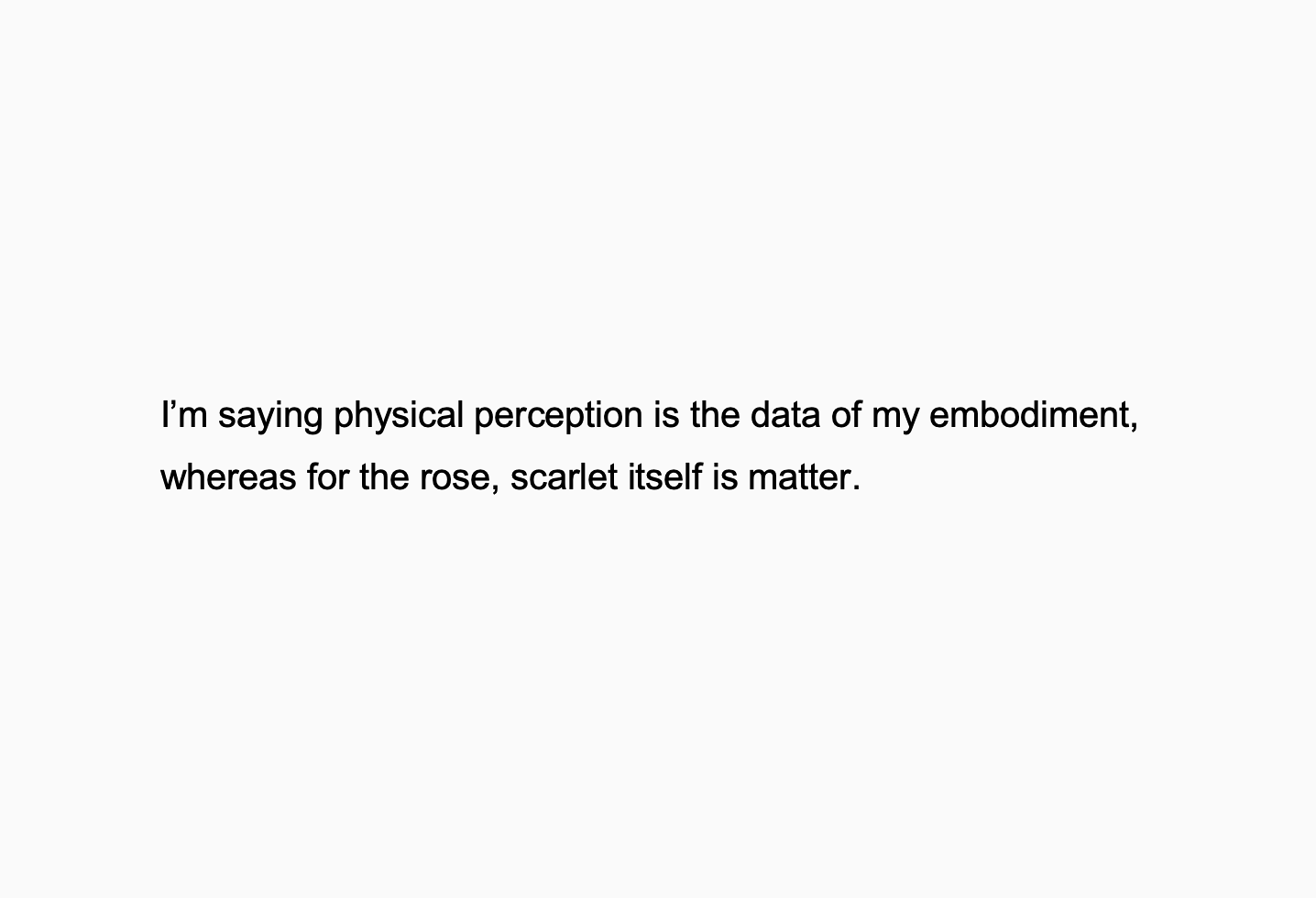
In Meeting the Universe Halfway (2007), Karen Barad describes a 1922 experiment that changed the course of quantum physics. Stay with us here. Rather than get into the details of what Otto Stern and Walther Gerlach were investigating—our grasp on space quantization is loose—we’ll merely highlight that their attempts to record what happens when silver atoms are beamed through a magnetic field were initially frustrated. It was only when Stern, a cigar smoker, leaned in to observe the screen on which the atoms had landed that their traces appeared. The sulfur in the cigar smoke had turned the silver into the more easily visible, dark black silver sulfide, “like developing a photographic film.”
Barad’s point is that the cigar is not featured in textbook representations of the experiment’s equipment—alongside atom beam, magnets, and screen—yet was essential to its findings. The physicist from whom she takes her lead, Niels Bohr, was scrupulous about including in his sketches even such seemingly superfluous details as the bolts holding the apparatus together, because he recognized that the material infrastructures of an experiment dictate the readings it produces. Barad goes further by including the cigar in her diagram. But if we are including the cigar, …
May 4, 2021 – Editorial
Standard bearers
The Editors
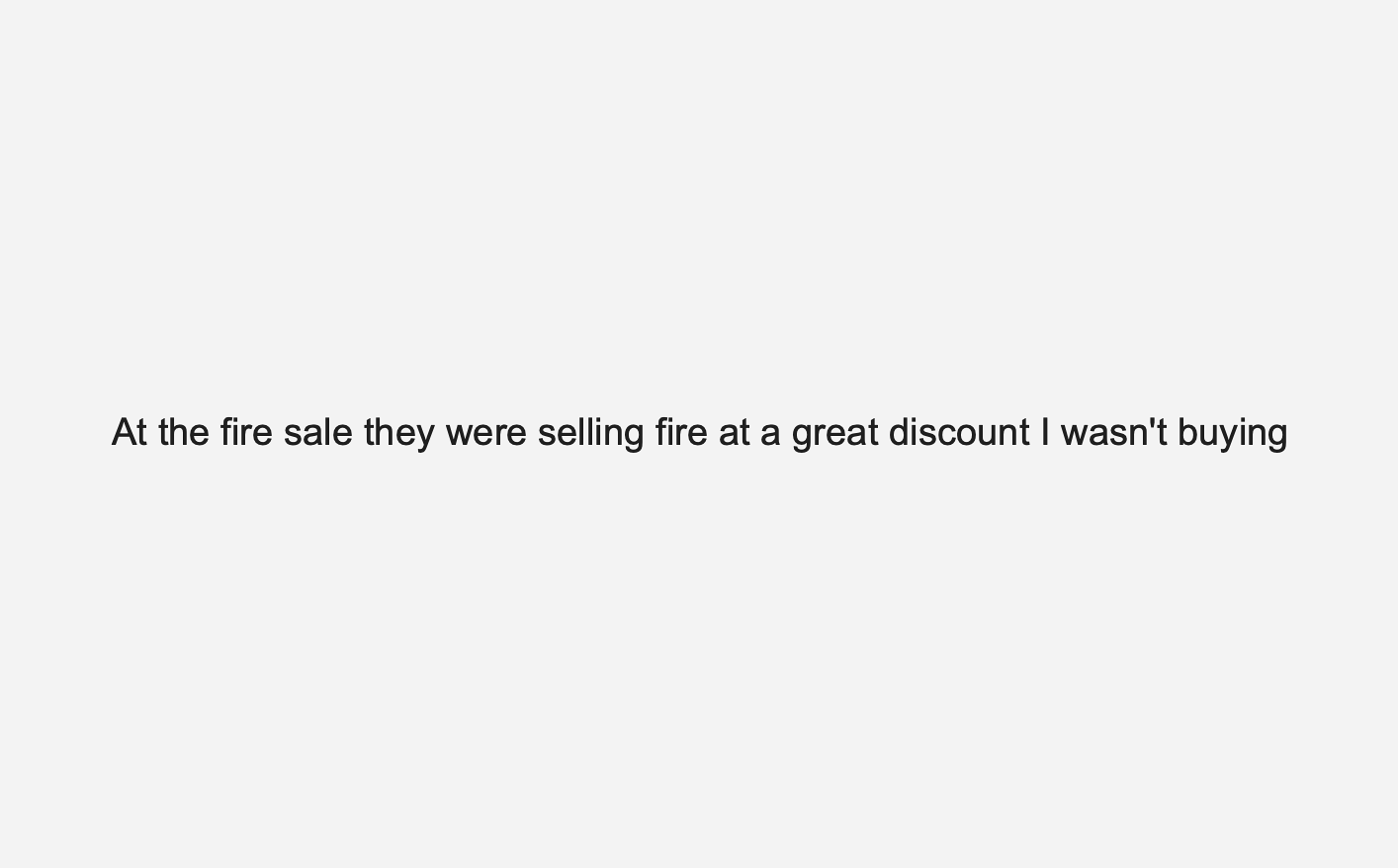
Last Friday, security guards prevented a group of protestors from entering New York’s Museum of Modern Art. The action was organized as part of the artist-led “Strike MoMA” campaign, which calls for a radical reappraisal of the institution’s funding model so that “something else can emerge, something under the control of workers, communities, and artists rather than billionaires.” Two days later, on the other side of the Atlantic, supporters of Manchester United took their protest past security and into the soccer club’s stadium, forcing that afternoon’s match to be postponed. Banners demanded the creation of an ownership model that would give fans a majority stake, returning an organization founded by railway workers to the community that supported its growth into a multibillion dollar company.
There are issues here that shouldn’t be elided—there is always risk in transferring across contexts, even those as closely aligned as the US and UK—but the similarities were striking, especially if you subscribe to the idea that art is part of a wider cultural continuum. Both protests were organized by members of the audiences that these institutions exist, at least nominally, to serve; both drew attention to the disparities between those in power and their constituencies. …
April 2, 2021 – Editorial
Spring and all
The Editors
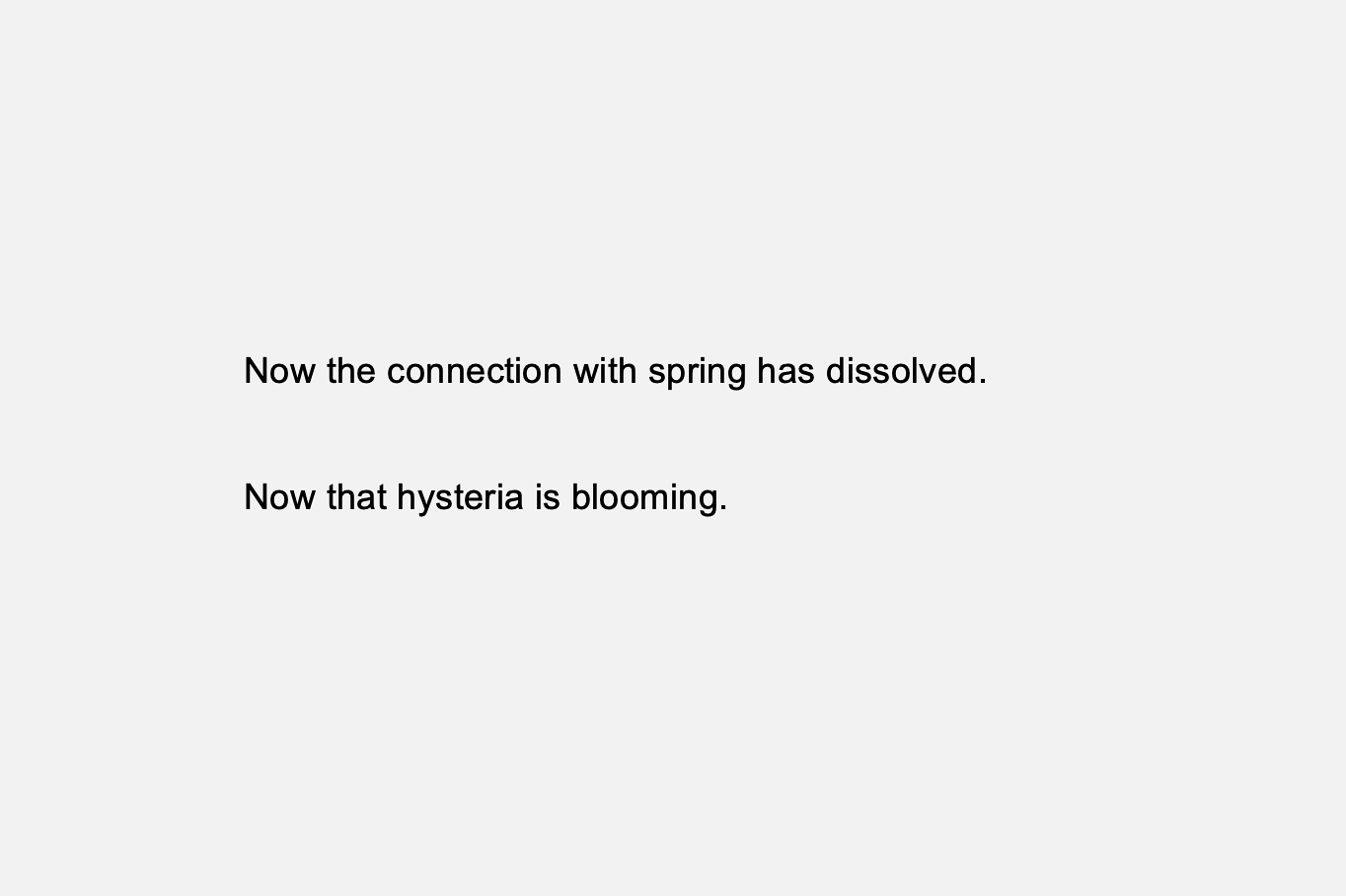
Prior to writing this I conducted a straw poll among the editorial team: was it really necessary to talk about NFTs in this month’s letter? The answer, sadly for me—and for you, if you are as bored as I am by both the pearl-clutching and the burn-it-all-down triumphalism—was a unanimous yes. In the conversation that followed, the desire to look away from the furor surrounding one exercise in financial speculation was defeated by the duty of criticism to look at whatever the culture produces. Which, in the end, was hard to argue with.
There has been some confusion about how to address the new market, with digital hardware experts drafted in to explain blockchains in simple terms to the baffled readers of art magazines. Reading these articles has confirmed that I am no more interested in the technicalities of an image’s digital authentication than in the texture of the paper on which an inventory is recorded. But as an art critic I am interested, given the column inches devoted to NFTs, by how little time has been spent actually looking at the art to which their most famous examples are pegged. Take a few minutes to scroll through the …
March 2, 2021 – Editorial
Archive Fever
The Editors

In a first for art-agenda, this month we publish a review of an exhibition in Berlin through which a writer at home in London was walked by camera-wielding curators. During lockdown, needs must. In the past year, the editors have projected live streams of socially distanced performances from empty theaters onto the walls of their apartments, interacted with art “objects” beamed by augmented reality apps onto their desks, watched entire gallery screening programs on their phones, and waited in the cold outside galleries until their appointed time in order to tour an exhibition of social practice in solitude.
That the experience of a work of art is inflected by the material and emotional circumstances of its encounter is, unless you’re a really hardcore formalist, hardly a controversial idea. Editors who spent four years excising the phrase “In the age of Trump” from reviews won’t need to be reminded of how external events can intrude on critical interpretation, but the recent completion of an overhaul of the art-agenda archive means that readers can now also track these changes. By tagging the 1,276 (and counting) features we’ve published with intersecting themes and subjects, it becomes possible to search for rudimentary patterns …
February 2, 2021 – Editorial
Sounding out
The Editors
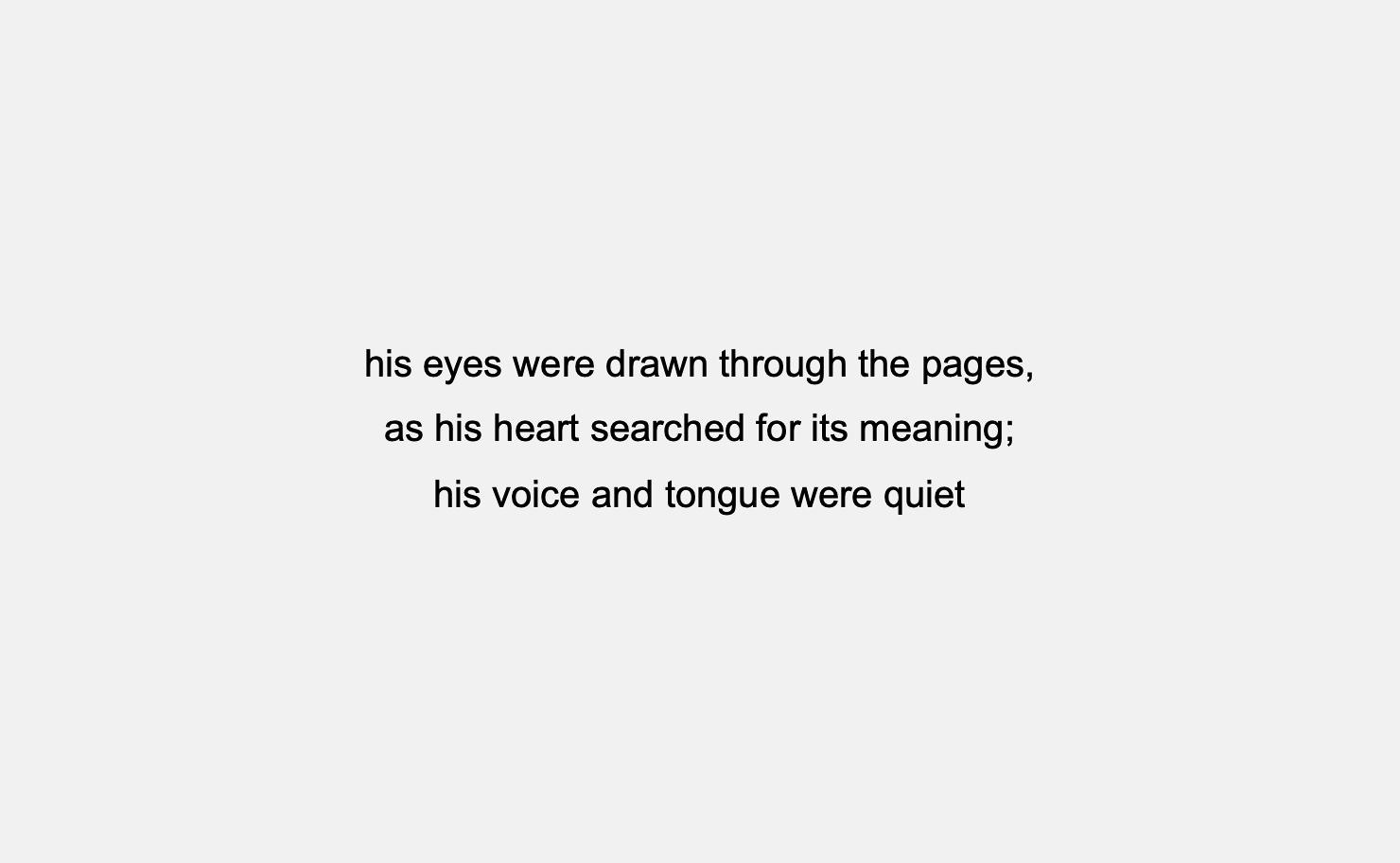
Can you hear me? Literally, I mean. Is there a voice in your head, sounding out these words? Stop, if you can spare a moment, and reread this sentence. I did, and now I find myself whispering these words as I type them, a murmuring libretto over the tap of my fingers on the keyboard. I can’t remember ever having noticed this before.
Since the lockdowns began, I’ve filled my head with voices. Frequently they talk about art. They are delivered into my head via podcasts as I walk in the park; through the online symposia I stream on my laptop while cooking; in the pre-recorded commentaries that walk me through empty exhibition spaces; by the audiobooks that ease me into sleep. Now, as Novuyo Moyo reported here last week, it seems that even discussions about art on social media are taking an aural turn. That the future of criticism might be spoken is alarming for those who best express themselves in writing. Which is to say, from my own experience on podcasts and panels, pretty much every art critic in the world.
In another of the pieces we published last month, an interview with the artist Julie Béna, the …
January 5, 2021 – Editorial
Look both ways
The Editors
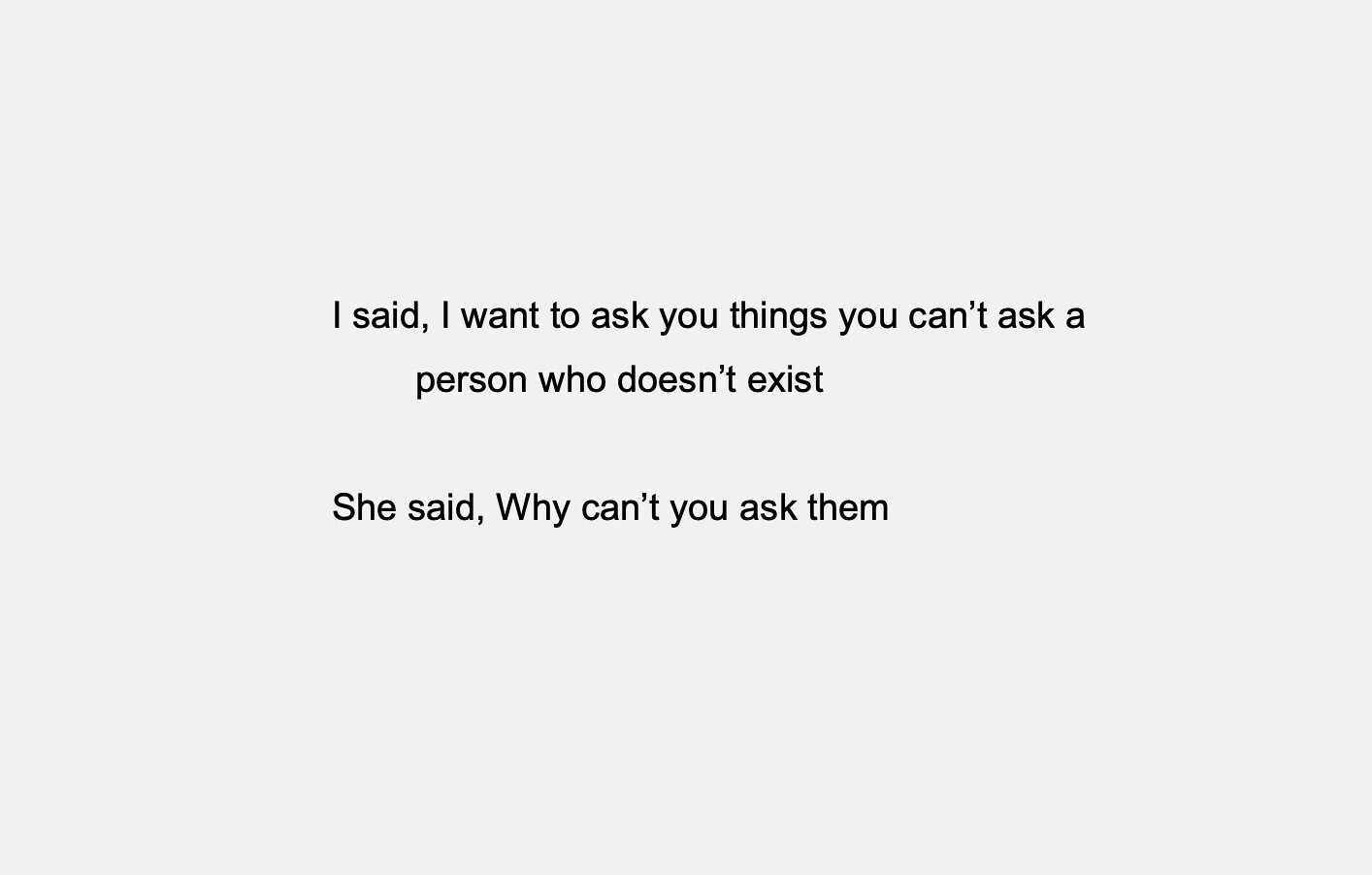
Happy new year. It can’t be as bad as the last one, as everyone keeps telling us, apparently unaware that fate shouldn’t be tempted. We’re equally suspicious of statements to the effect that the coming year represents a fresh start, a blank slate, or a new frontier to be conquered. The past figured as an effaced text or exhausted patch of land, to be abandoned as the world moves west into unspoiled territory.
We’ve been working a lot on our online archive, as you might be able to tell. Reading old texts while plotting a path through the coming year has reinforced the impression that past and future are entangled in stranger ways than the above metaphors allow. The relevance of pieces written a decade ago, in the early days of art-agenda, to the present moment can be uncanny. Those curious correspondences have left us with the feeling that a new year is a moment in which to reappraise the landscape rather than stride into a brave new world.
Moving through an archive is to be reminded that the past does not slide smoothly “away,” like garbage down a chute, but accumulates around us and crops up in the most unexpected …
December 2, 2020 – Editorial
Out of time
The Editors
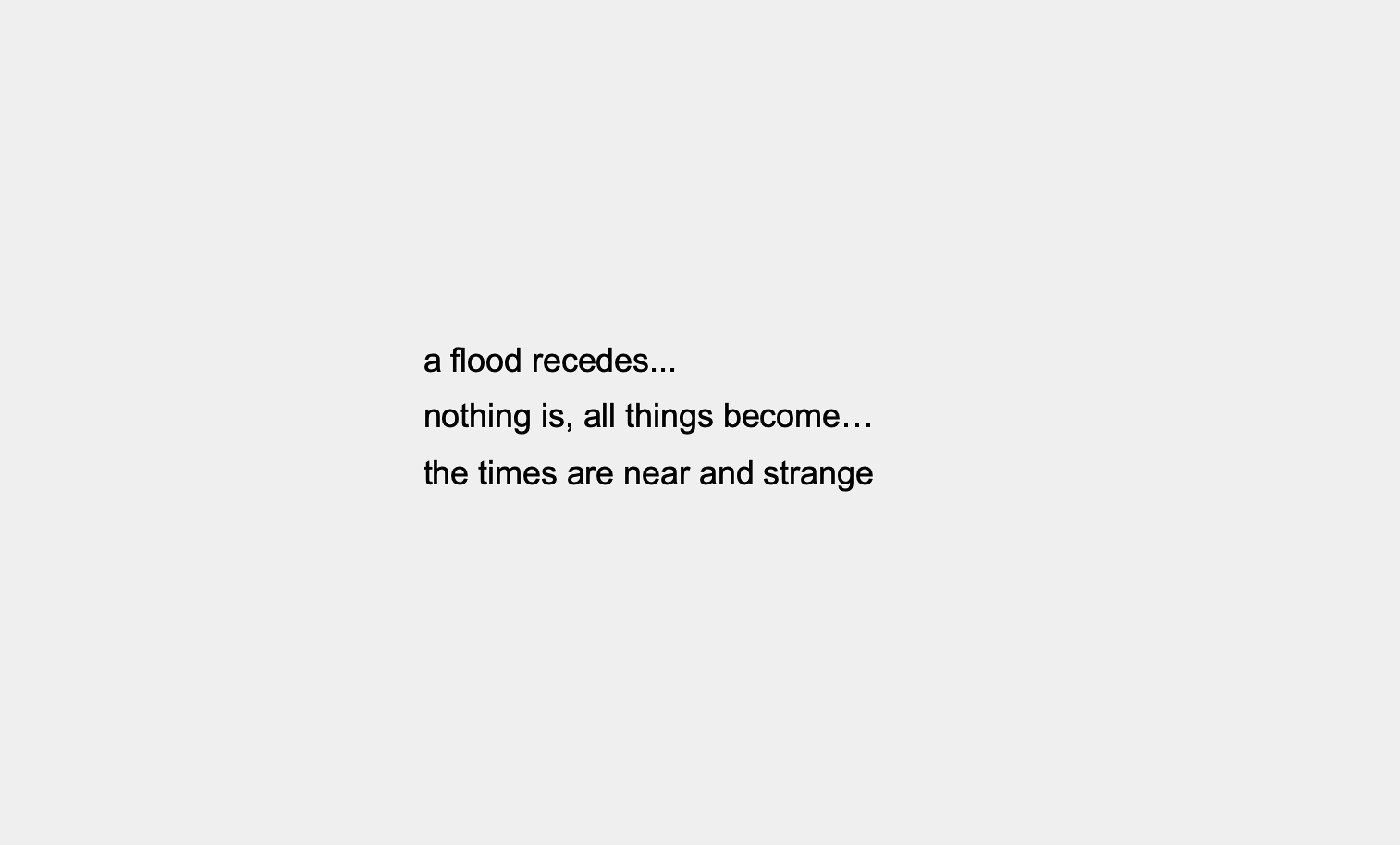
This is the season in which editors round up the year’s highlights, string them together, and tell you what they mean. The last of the institutional shows have opened, Miami Beach marks the final stop on the art fair caravan, and so the time arrives to make sense of what happened.
It’s difficult, right now, to find the necessary critical distance. Not only are we right in the middle of crises including (but hardly limited to) a global pandemic, but the rhythms which normally conclude in December’s period of rest have collapsed. Much of what was planned has been suspended or deferred. Days dragged on as weeks flew by. Nothing happened while a great deal happened. The breakdown occasioned by the pandemic did not manifest as spectacle—there was no explosion, there was no running—but as a disorienting shift in the ground underfoot. Which is to say that 2020’s many upheavals also registered as aesthetic crises, with implications for how we conceive the world.
This is also to say that we’re not now going to give you our ten best exhibitions of the year. Instead we might point out how some of our recent coverage has unsettled those kind of categories. …
November 2, 2020 – Editorial
Better things
The Editors
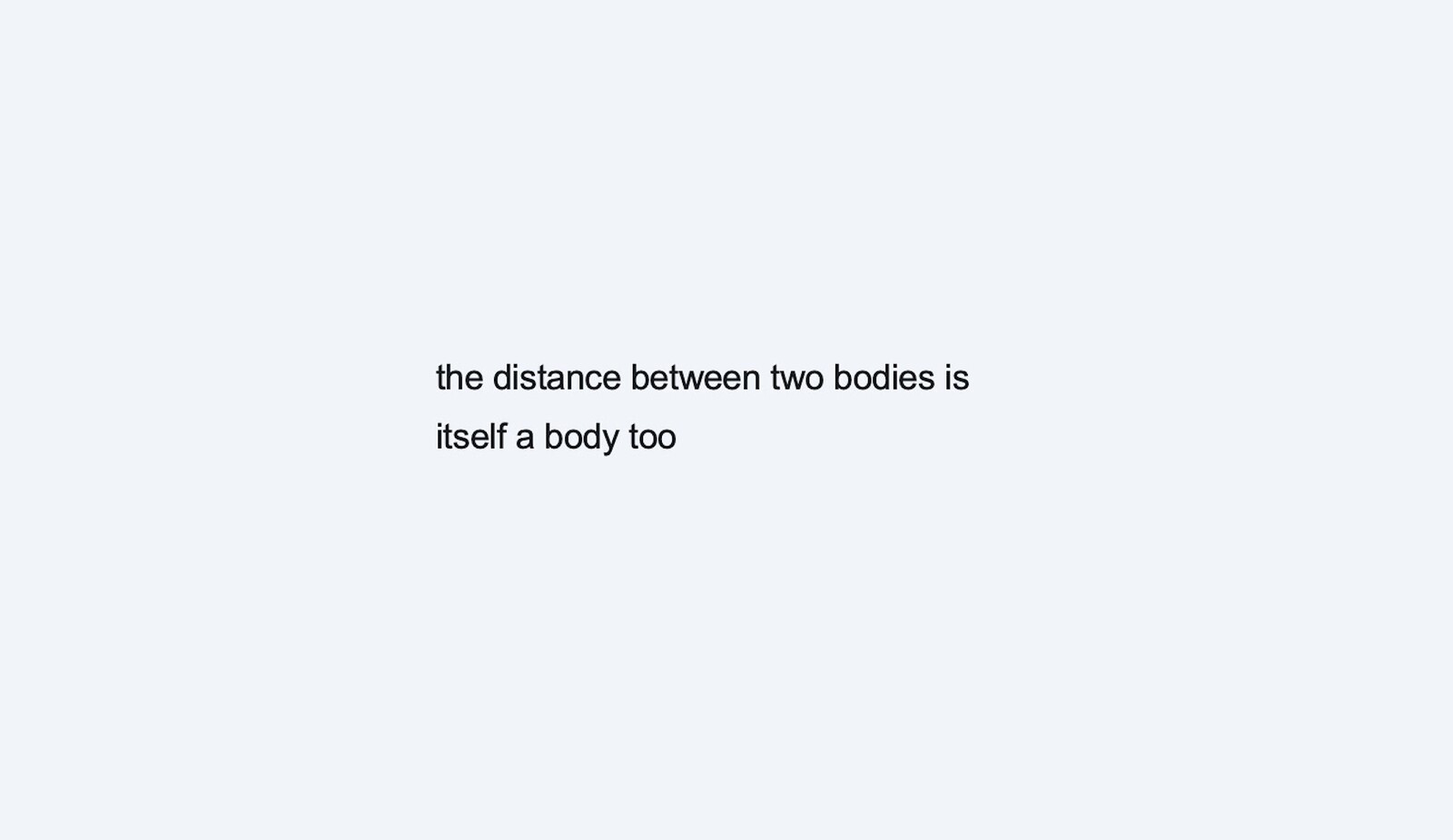
Where art and literature once satisfied our search for meaning, wrote Don DeLillo, “now we turn to the news, which provides an unremitting mood of catastrophe.” This was back in 1991, it’s worth clarifying, but the point stands. Disasters need not even be real to meet our emotional needs, he continued, given that “reports and predictions and warnings” will suffice. At the start of this particular week, we’ll spare you any more of the latter.
As we hunker down for the latest instalment in the crisis of western democracy, it’s a reminder that watching the news alone will not equip us to change the world that it so unreliably represents. The media landscape has changed beyond recognition since Bush I and Mao II, but the suspicion remains that the spectacle of news entertainment is designed to generate exhaustion or catharsis—an experience of fear and pity as purgative and (however subconsciously) enjoyable—and thus to preclude any deeper understanding of the conditions it represents.
These thoughts were prompted in part by two pieces, published either side of this editorial, that independently identify “discomfort” as something like an ethical principle in the production of art. By making us aware of the …
October 2, 2020 – Editorial
Underlying conditions
The Editors

There is a temptation, when writing these letters, to put forward a hot take on the morning’s news. This is especially the case when the US president announces that he has contracted a potentially fatal virus on the eve of a tinderbox election. That you will already have been bombarded by kneejerk reactions, conspiratorial whisperings, and wild speculations is all the more reason to resist that impulse.
This is not to say that art criticism should be silent on the proliferating emergencies: only that it must take a longer view. Writing last month in e-flux journal, Franco “Bifo” Berardi identified the past four years’ shocks as mere symptoms of a “widespread psychosis” that, in his evocative phrase, “has invaded the scene of the global brain.” Neither this psychosis nor the pandemic can be dismissed as the unpredictable consequence of a freak set of circumstances or as a limited disruption to a status quo that will soon be restored. Both result from historical processes—whether the destruction of the planet or the erosion of truth—that can be traced through artistic production. As Berardi points out in his jeremiad for American democracy, the signs were there for anyone with the courage …
September 2, 2020 – Editorial
Territory without terrain
The Editors

The Yokohama Triennale, according to its artistic director Raqs Media Collective, would this year illuminate the “forces that flow […] between the microcosm of singular lives [and] the connected life of the planet.” Which is a laudable aim, even if the curators were beaten to the punch by the flow through millions of singular bodies of submicroscopic agents reputedly introduced into the connected life of humans by a bat’s encounter with a pangolin in a Chinese seafood market. In terms of illustrating the point that we are each tangled up in complex intersecting global systems, a viral pandemic is hard to rival.
The crisis has thrown issues shaping contemporary art into sharper relief. How to act globally while preserving local difference? How to protect communities without excluding others? Which borders should be torn down, and which reinforced? What does it mean to share, to participate, to conserve? If neither isolationism nor globalization in their simplest forms are satisfactory, then the pressing task is to record how the agents that shape our lives—whether viruses, toxicity, information, or, most pertinently to this publication, ideas—move around the world, how they adapt to local conditions, and how they are experienced in diverse …
July 6, 2020 – Editorial
In plain sight
The Editors

The first principle of art criticism is to see what’s right in front of your eyes. This is harder than it sounds. What we know—or think we know—comes to dictate what we see. And you don’t have to look too hard, in the current climate, to find examples of those who will reject the clearest evidence of their senses if it contradicts their ideological construct of the world.
The wealthy white couple who pointed guns at protestors from the lawn of their Missouri mansion last week see themselves, it was reported by Artnet, as heirs to the Medici. The McCloskeys’ revealing characterization of a peaceful demonstration as “like the storming of the Bastille”—the fear that they “would be murdered within minutes” and, naturally, that their “pets would be killed”—made more sense after learning that the interior of their home resembles a Florentine palazzo in much the same way that Disneyland resembles Versailles. The obvious conclusion was that these people are so ensconced in their ragbag, neocolonial, quasi-European fantasy land as to have lost all touch with reality.
Yet the McCloskeys also dimly discerned a truth. Perhaps because they live among paintings by Paul Jamin, best known for his depiction …
June 1, 2020 – Editorial
Blues lines
The Editors
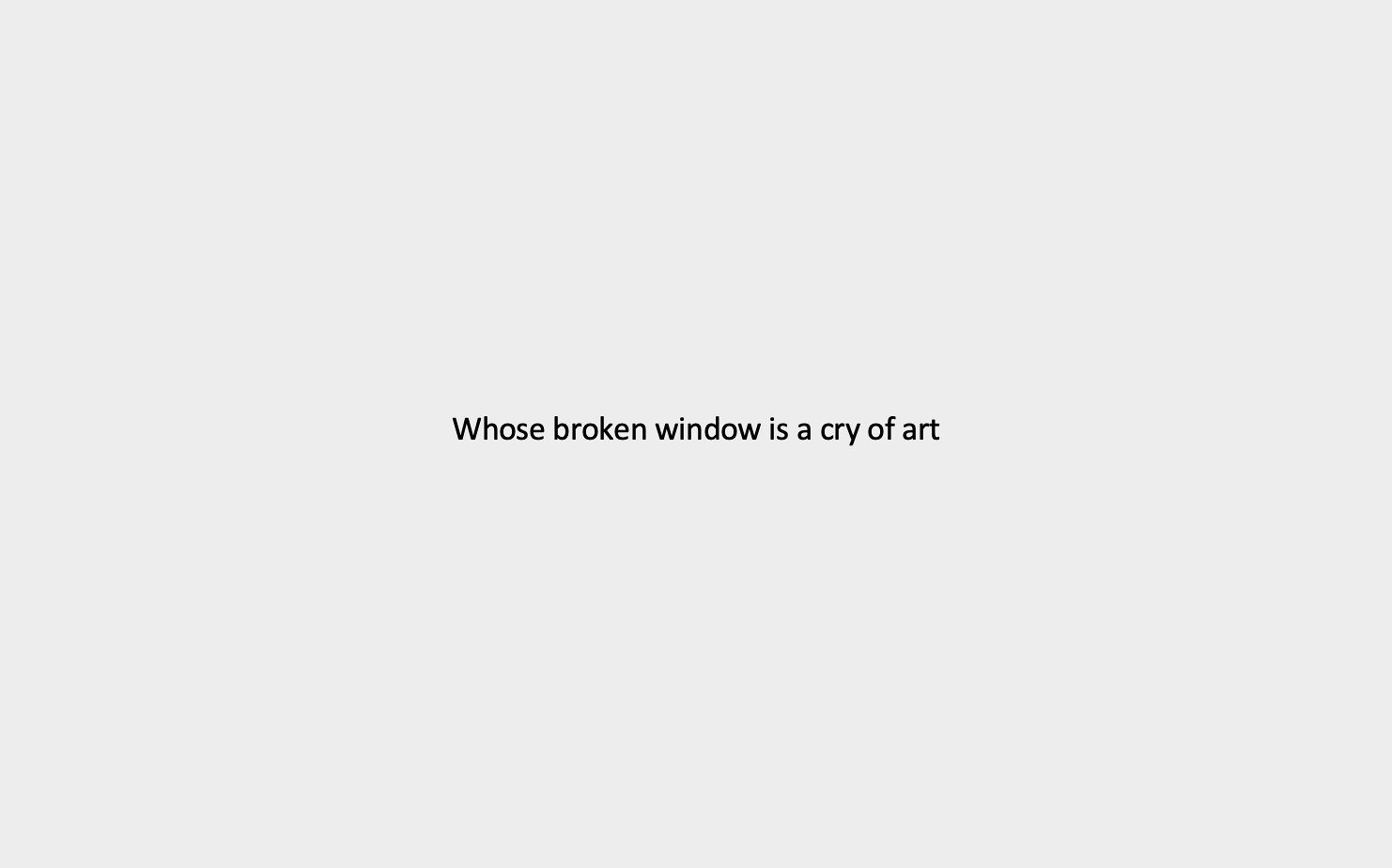
Samuel Beckett’s exhortation to “try again,” “fail again,” and “fail better” might be familiar to readers of cultural criticism—to the extent that the quote is barred from this publication—but you don’t often hear it on CNN. Yet there it was at the weekend, as Cornel West eloquently anatomized the historic cycle of violence against “powerless, helpless, hopeless” communities in the United States and the recurring need to protest it.
It is because Beckett’s phrase is so often abused to imply a single, forward pulse of progress (“don’t worry, everything inclines to the good”) that art-agenda’s style guide—honored here in the breach—recommends that it be treated with caution. The words serve no such purpose in their original context, in which to “fail better” might equally be understood as to move towards total failure (the novella’s title is, after all, Worstward Ho). West knows better, of course, and speaking on CNN he characterized the phrase as “the blues line of our Irish brothers.” Which is to say an expression of pain that, like a broken window, has been transformed into art.
Neither broken windows nor the blues are premeditated steps on the road to social progress. But they are transformative encounters: in Gwendolyn …
May 1, 2020 – Editorial
Which way to turn?
The Editors
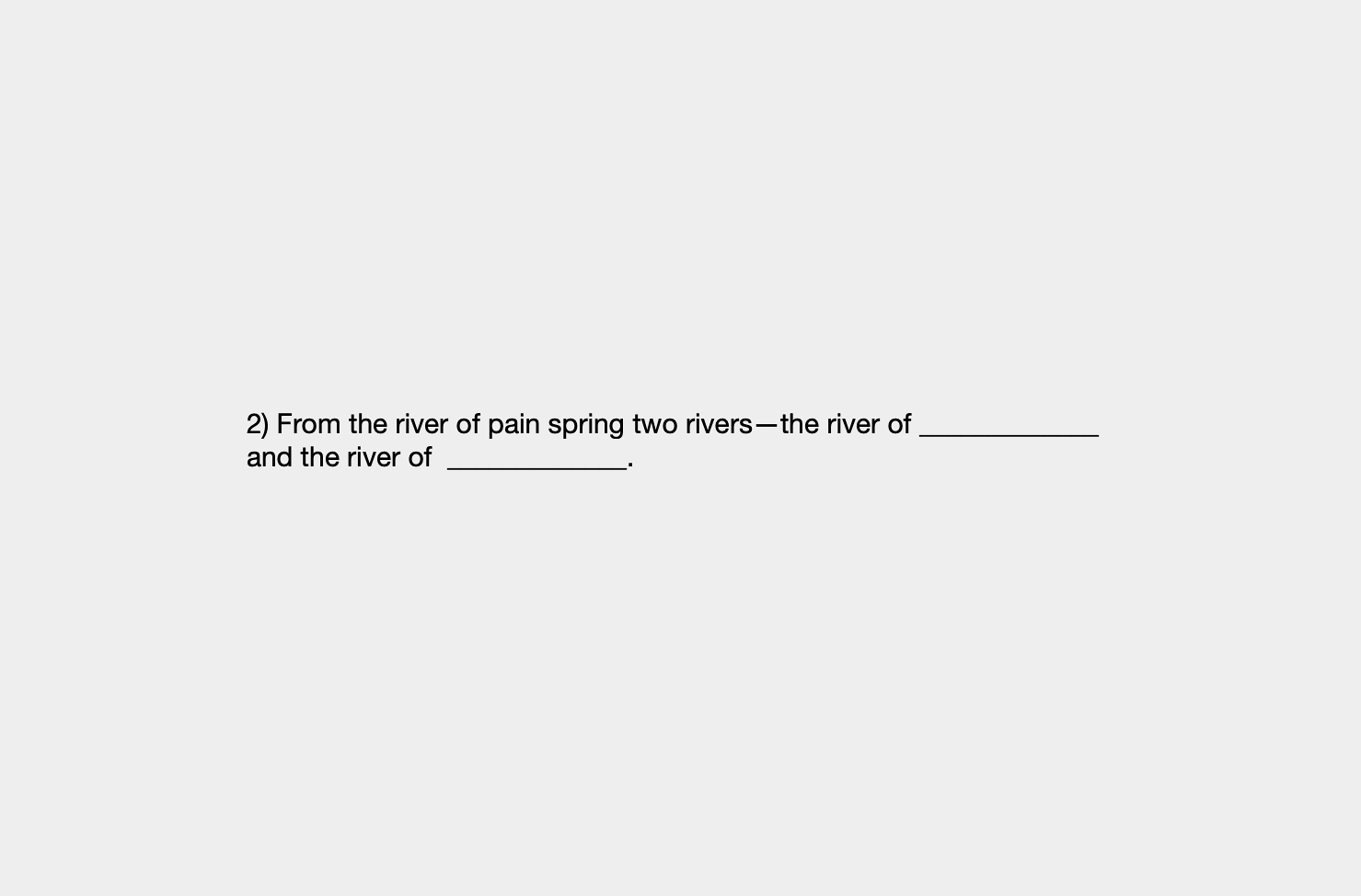
The ongoing crisis has prompted the circulation of factoids which are intended to galvanize but can have the opposite effect. No writer will ever again need to be reminded, for instance, that William Shakespeare composed King Lear (1606) while sitting out an outbreak of the plague, nor will they want to be. That the Greek root of the word “crisis” describes a turning point (in a disease, in a society) is another of these truisms, used to support the hope that we will emerge blinking from our current confinement into a brighter world. The problem, as we’re beginning to see, is that this change could take us one of many ways, not all of which are to be desired.
How to find our way? The socialist politician Tony Benn divided leaders into “weathercocks” and “signposts”—those who catch the prevailing wind and those who do not waver. The record confirms that the latter fix the course when history arrives at a crossroads. In his worryingly prophetic The Original Accident (2005), Paul Virilio notes that the Chicago school of economists did not engineer the Chilean coup of 1973, but were ready and prepared to set the country’s ideological bearing when it …
April 2, 2020 – Editorial
In times like these…
The Editors
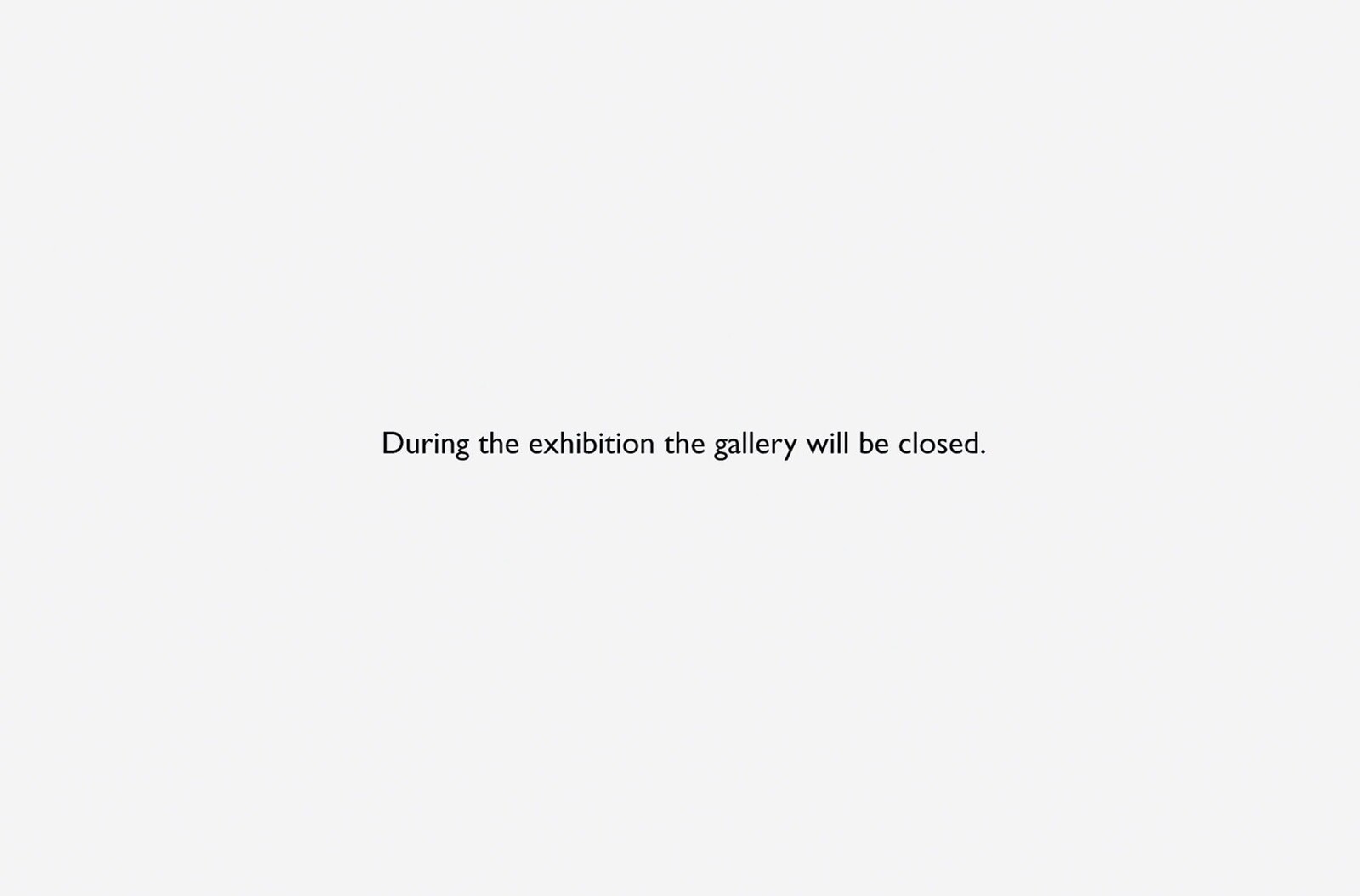
So, what are we to call “these times”? In recent weeks the editors of art-agenda have received scores of emails declaring them to be “difficult,” “testing,” “precarious,” “strange,” “unprecedented,” “dark,” “challenging,” even “unimaginable.” “There is no denying that times are tough,” reads the opportunistic message from a website builder (discount code: STAYSAFE) that just landed in our inbox; a publisher insists that their latest title will offer “comfort in these trying times.” Boilerplate introductions—“I hope this finds you well”—are now supplemented by some variation on the formulation “in these times”, and a reinforcing clause which might be paraphrased as: “but really, this time I mean it…”
To flag these expressions of concern as clichés is not to dispute their sincerity. All of us will take refuge in stock constructions when overwhelmed by an event as massive as that now threatening to engulf us, and few of us have time when writing an email to turn the perfect phrase. But art can work against this tendency to shorthand. It asks us to attend to particulars—images, objects, ideas—and to interrogate how our emotional and intellectual responses illuminate the structures of meaning that support them. Culture exists in relation to the times—the critic …
Load more